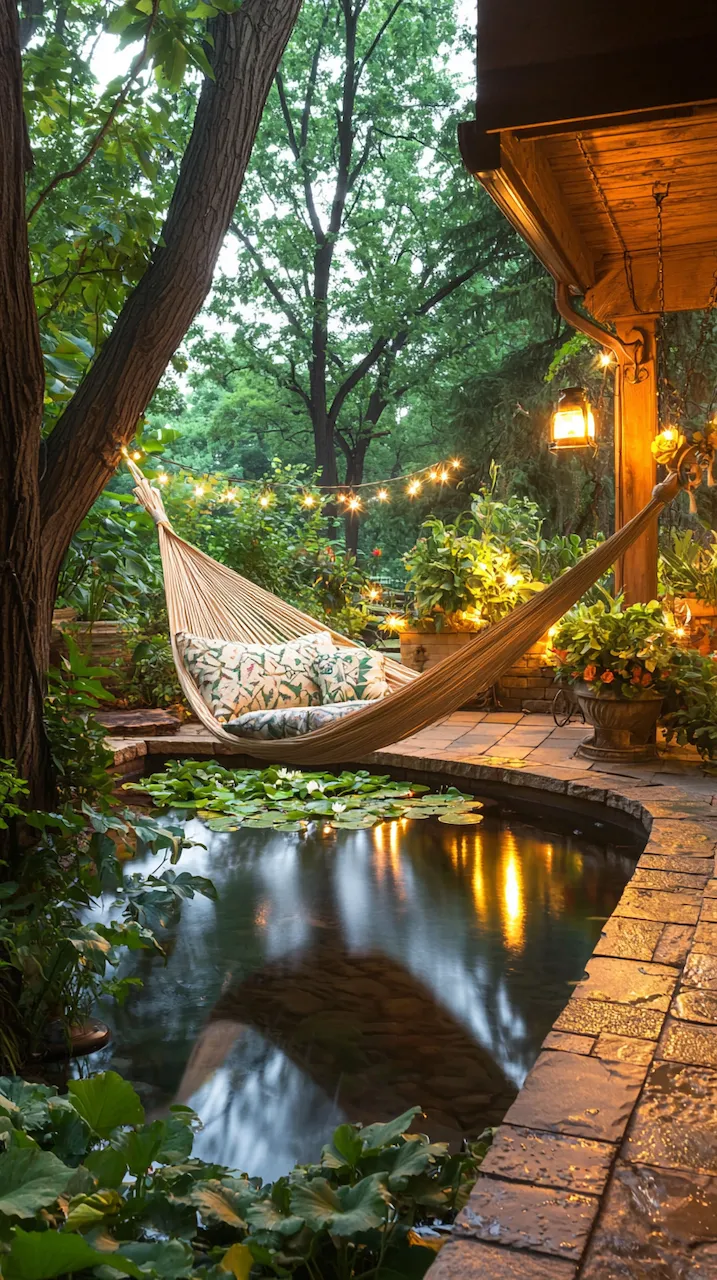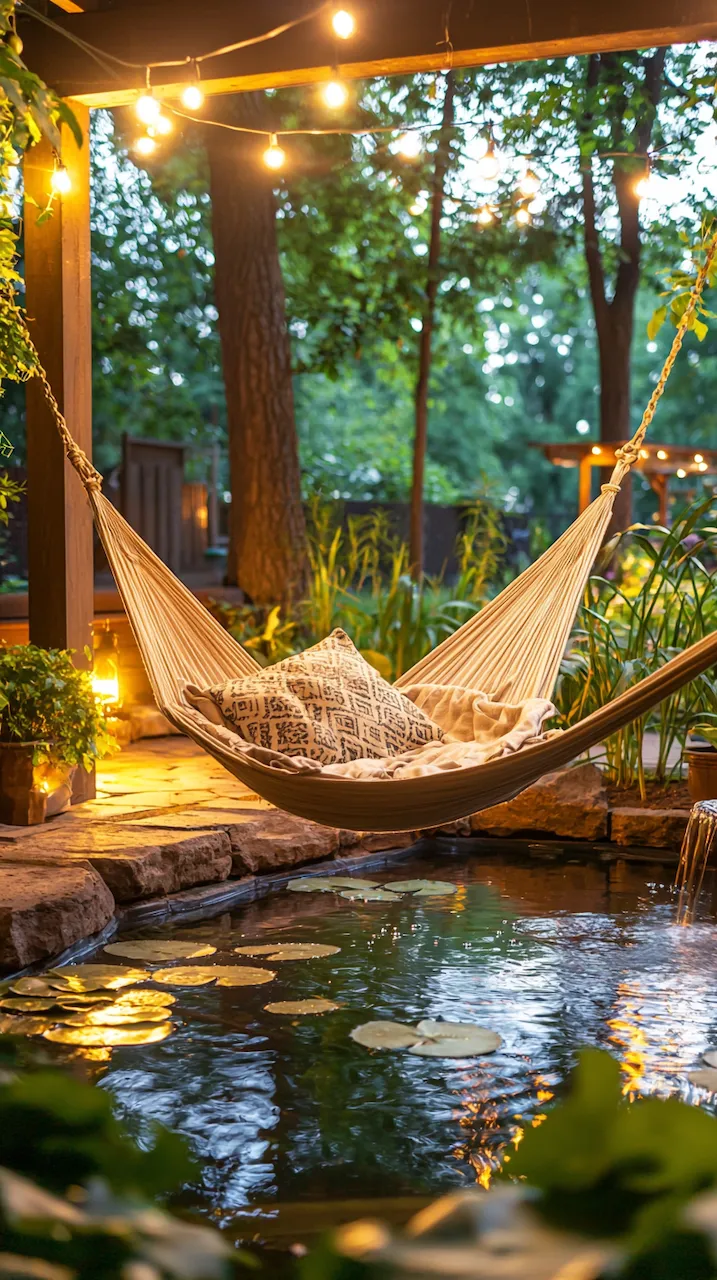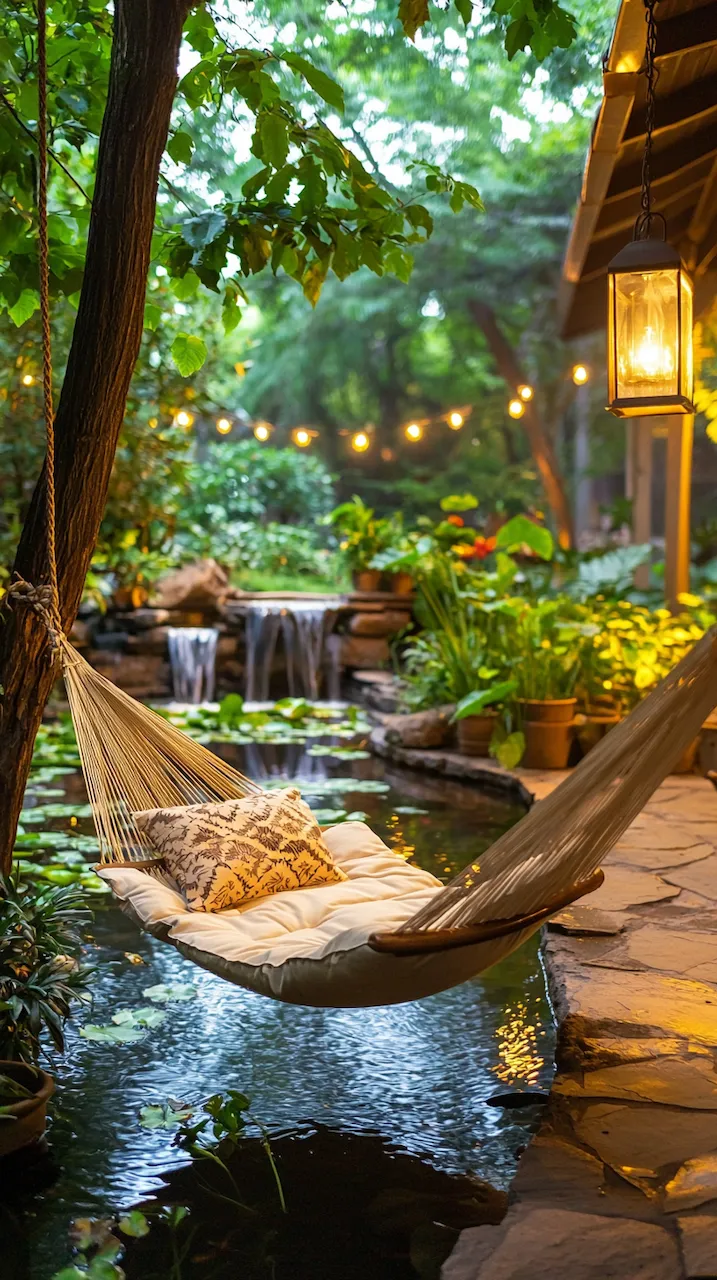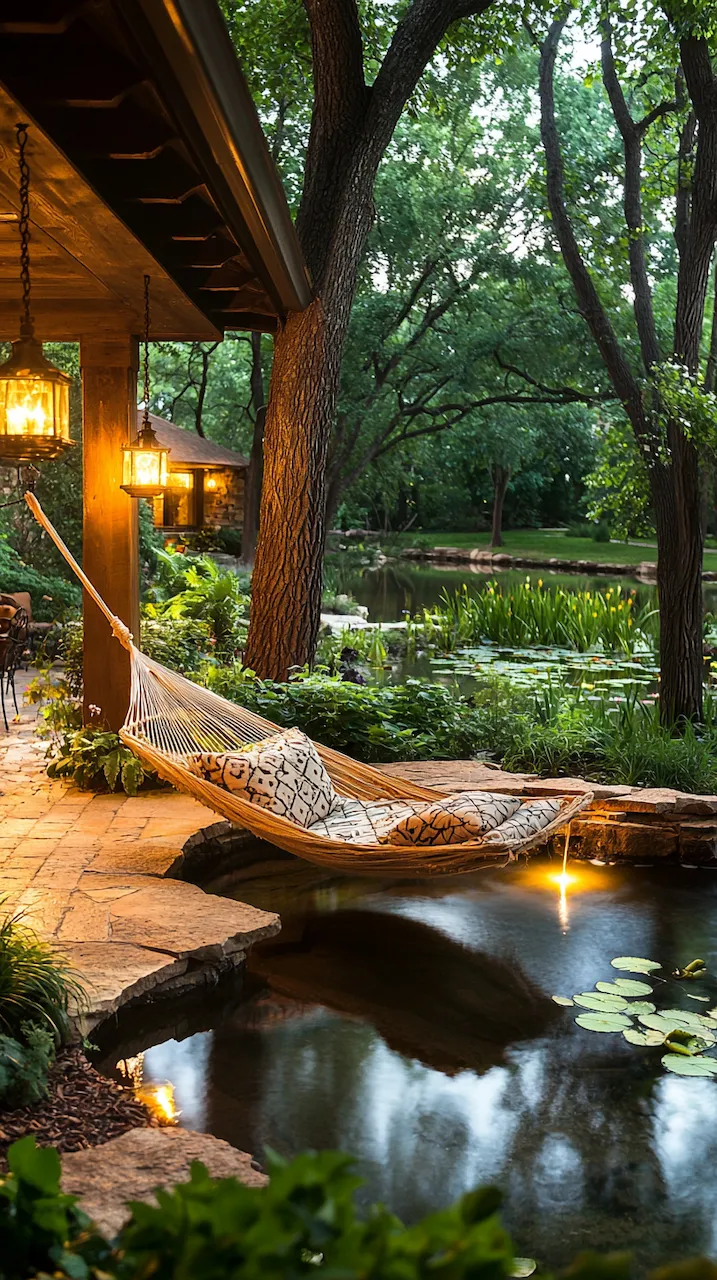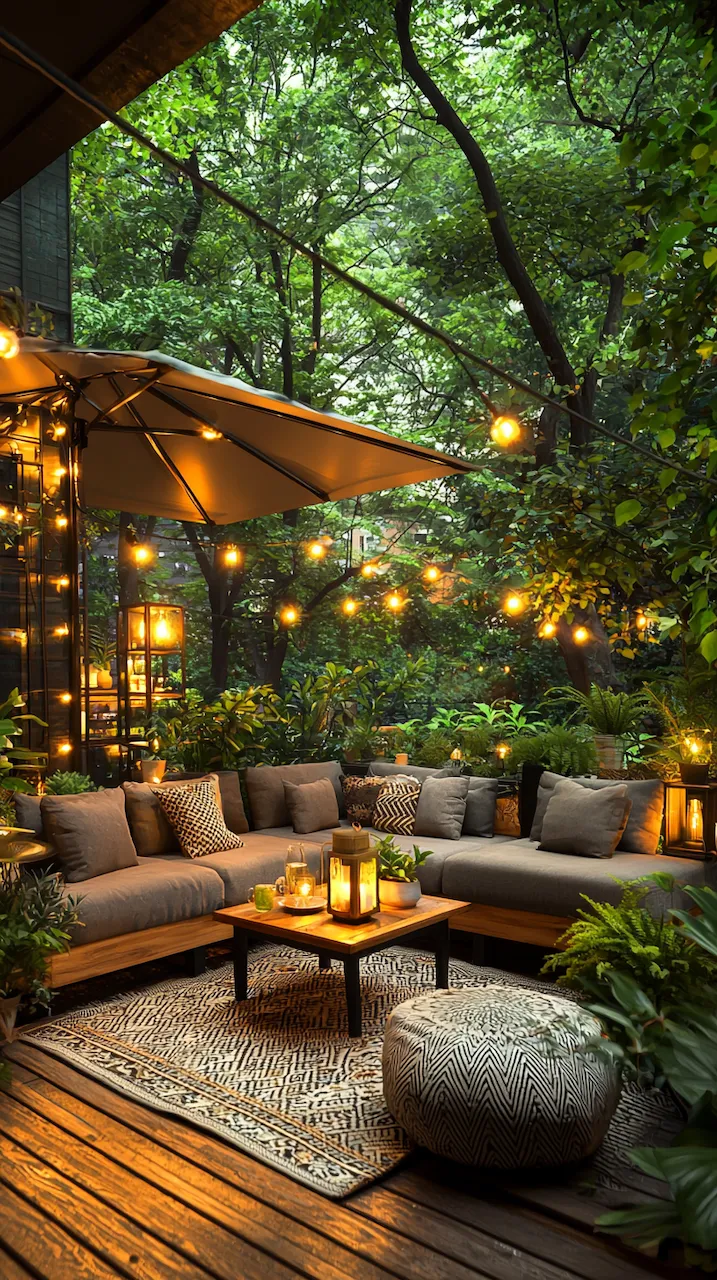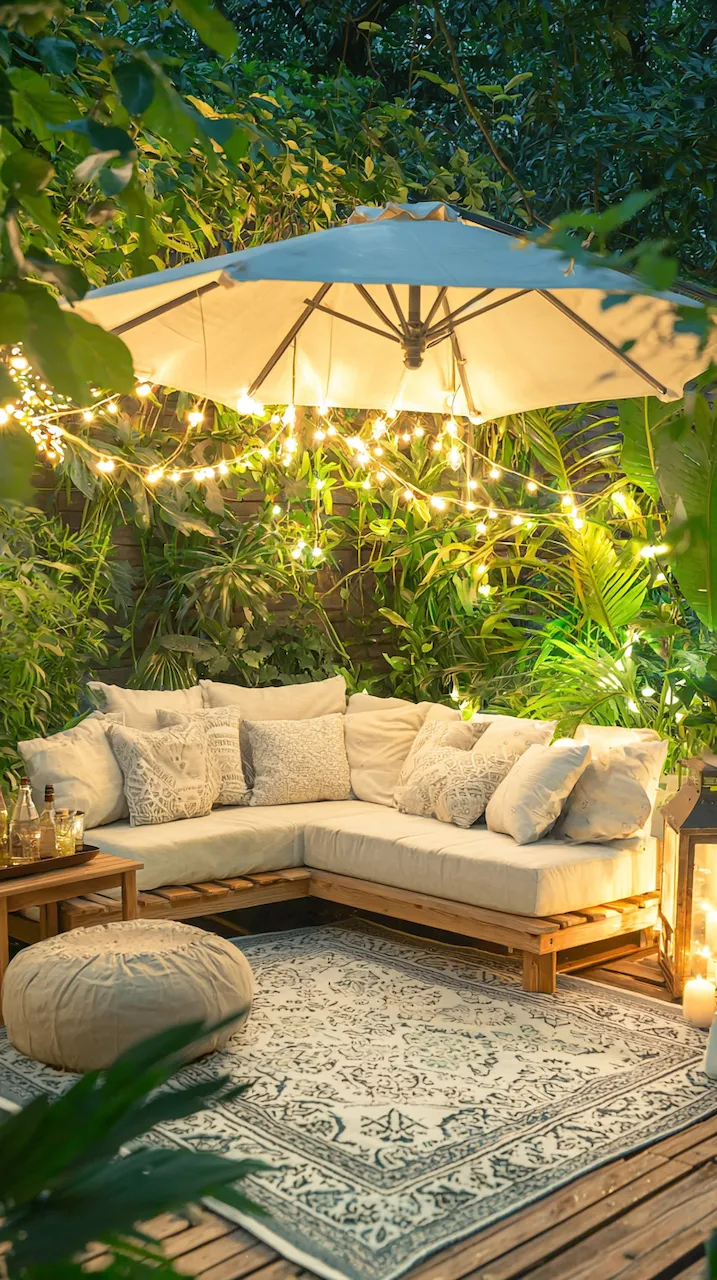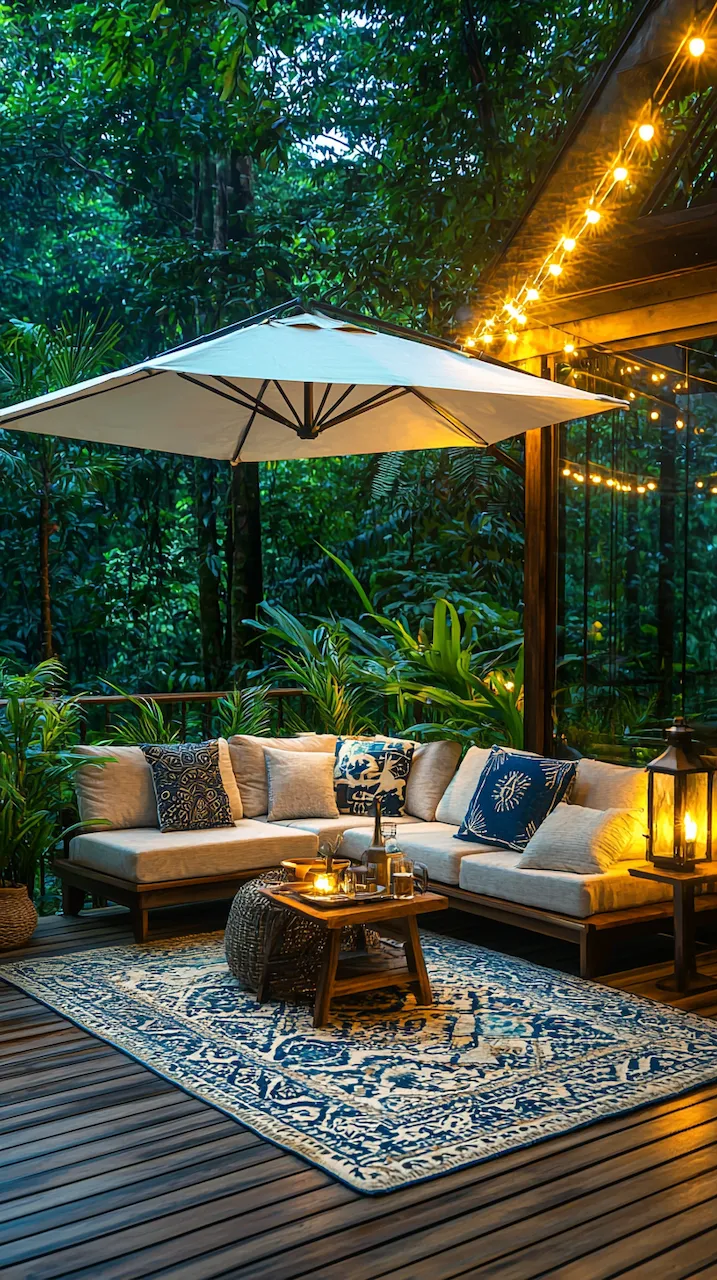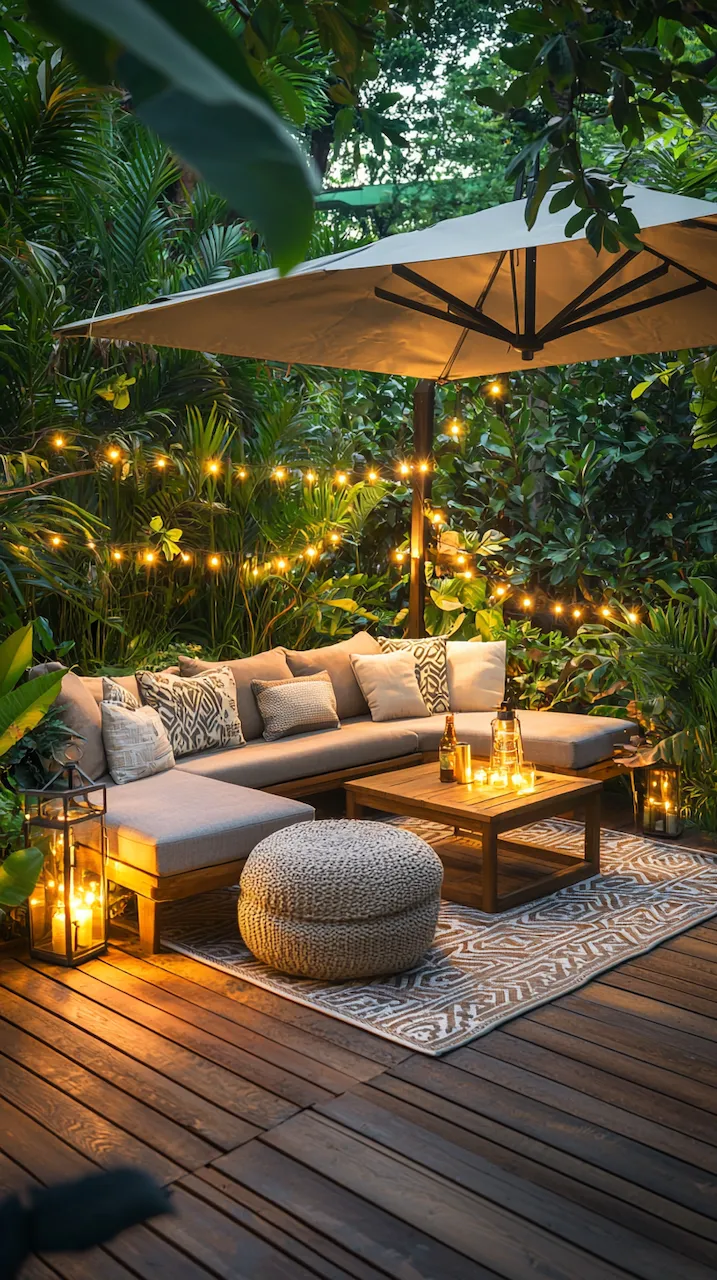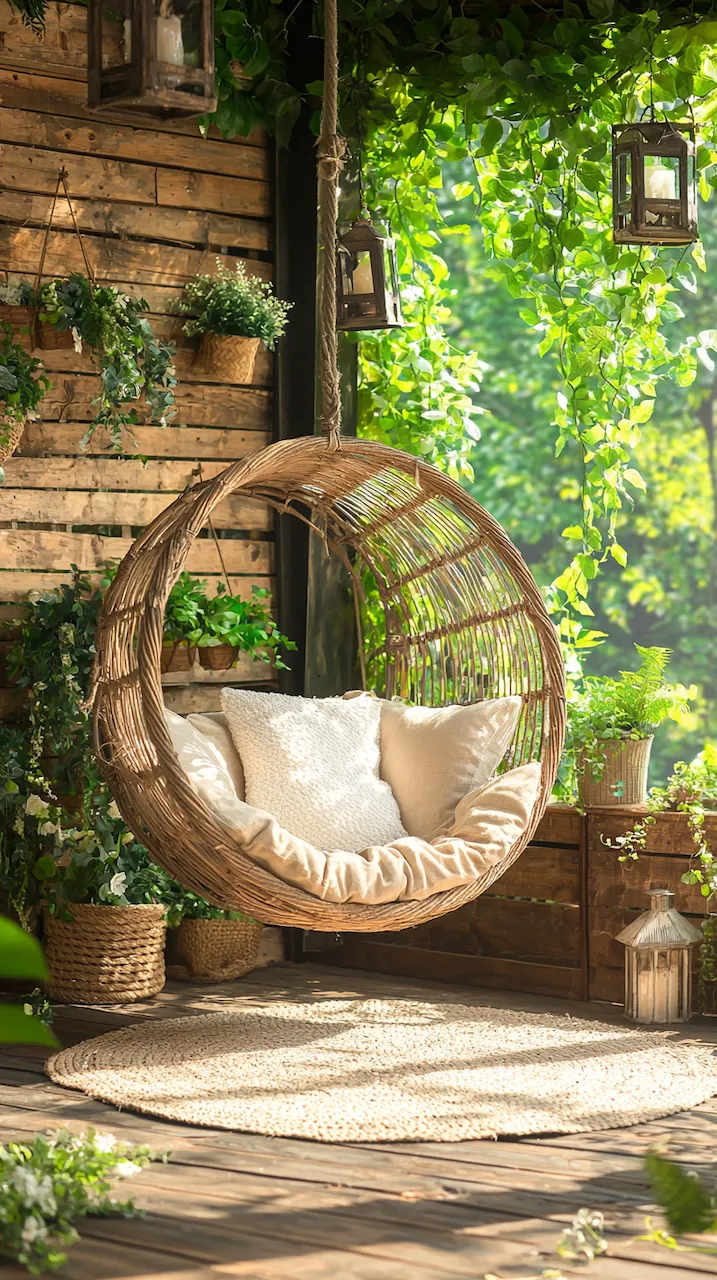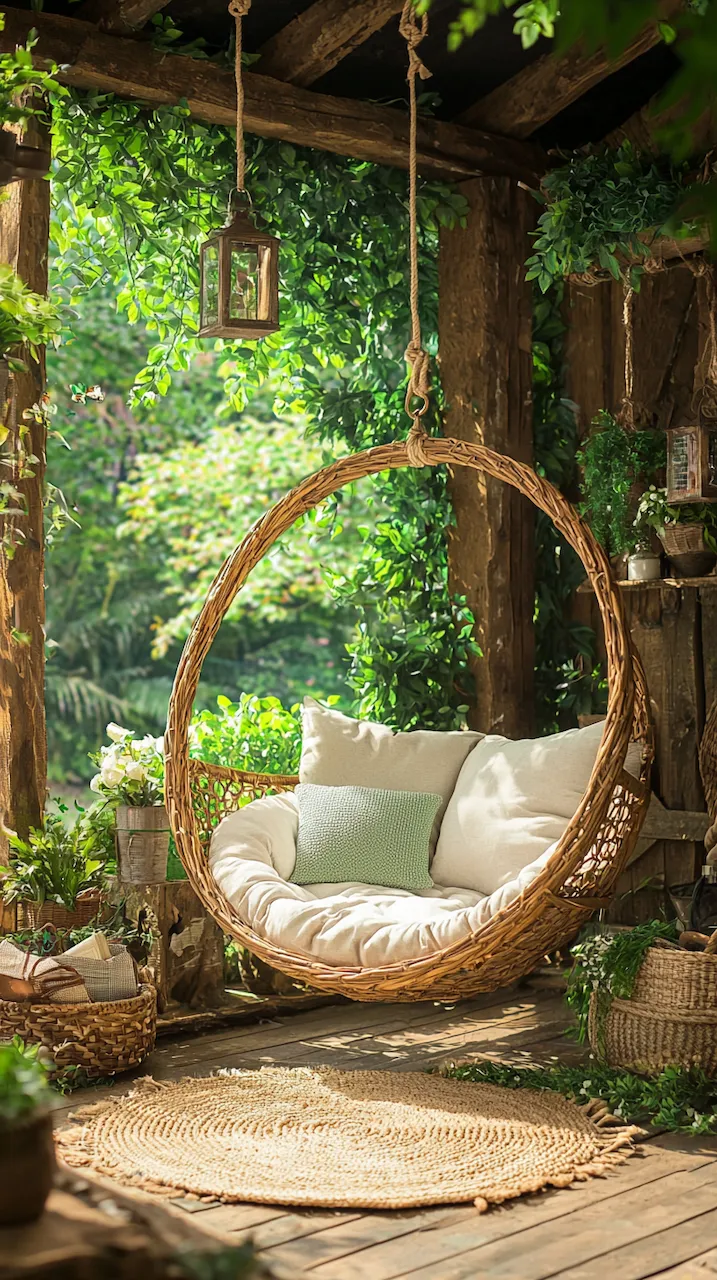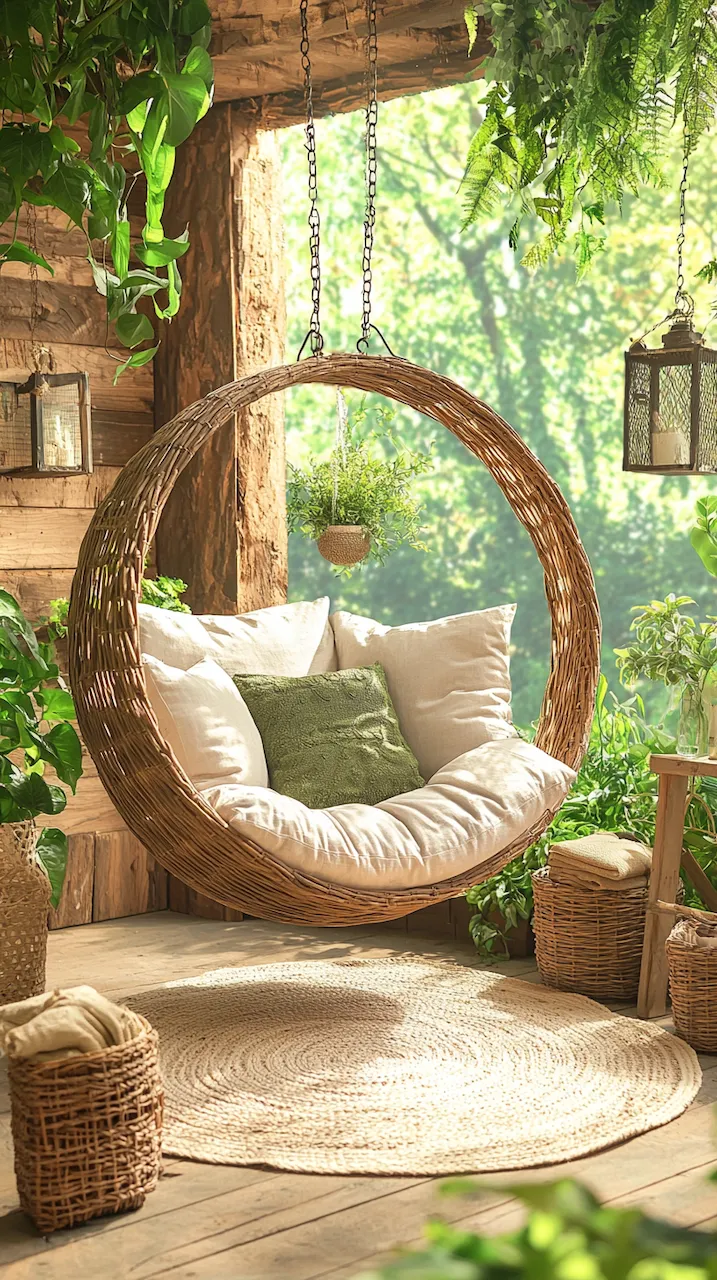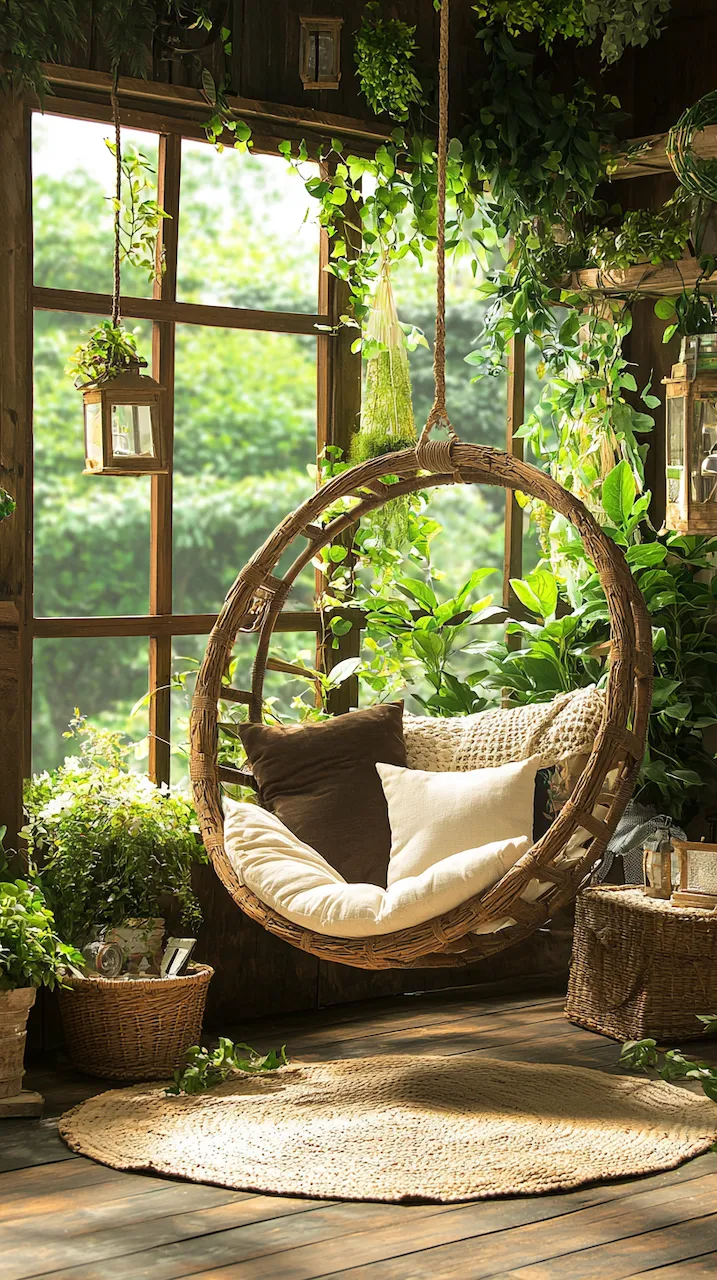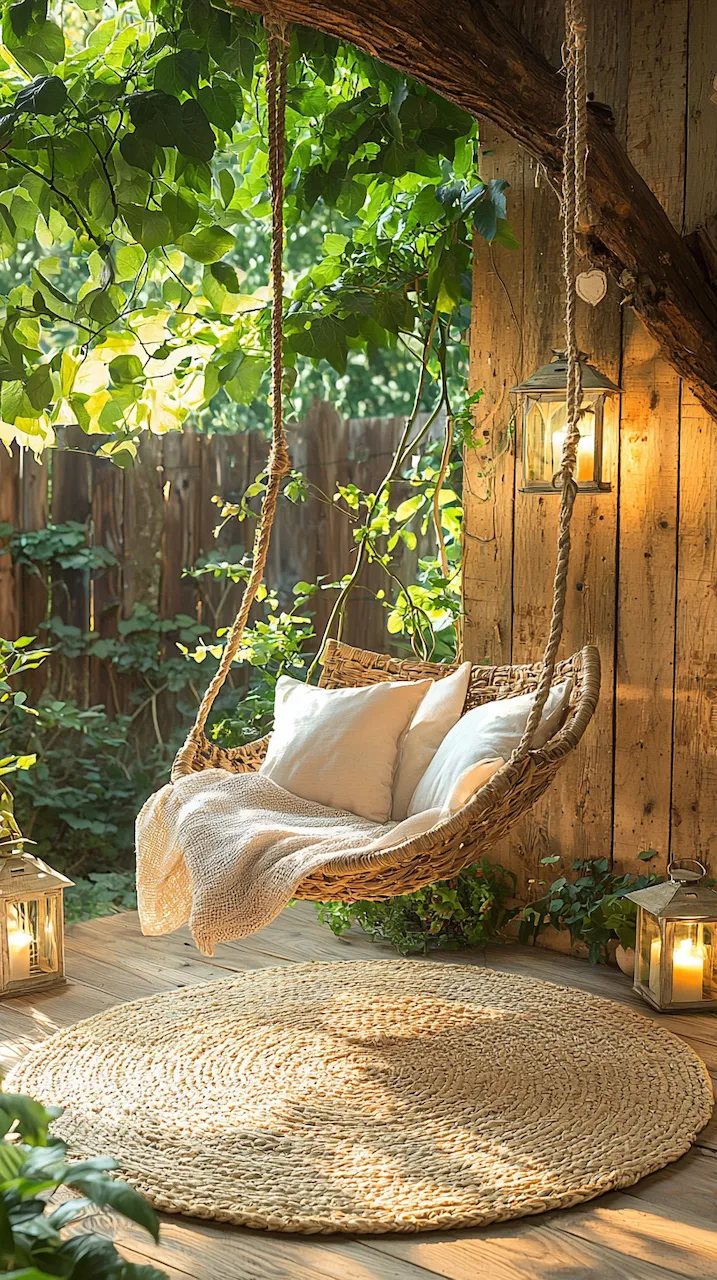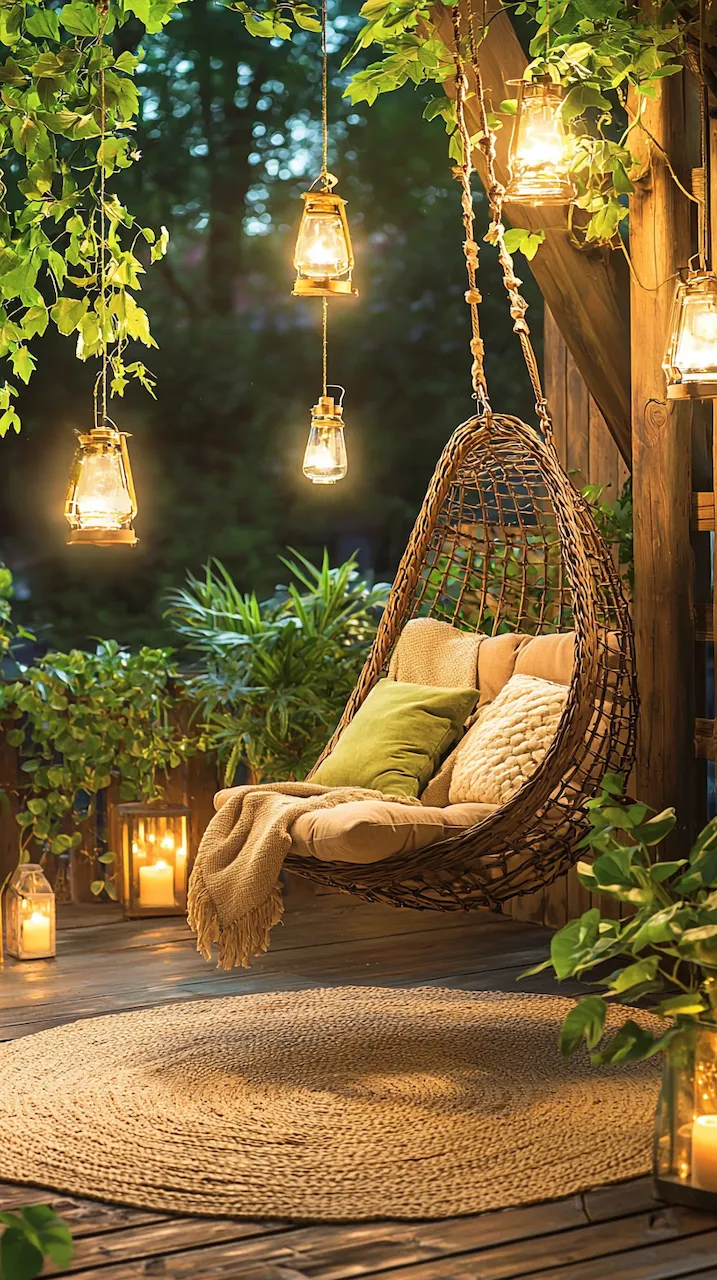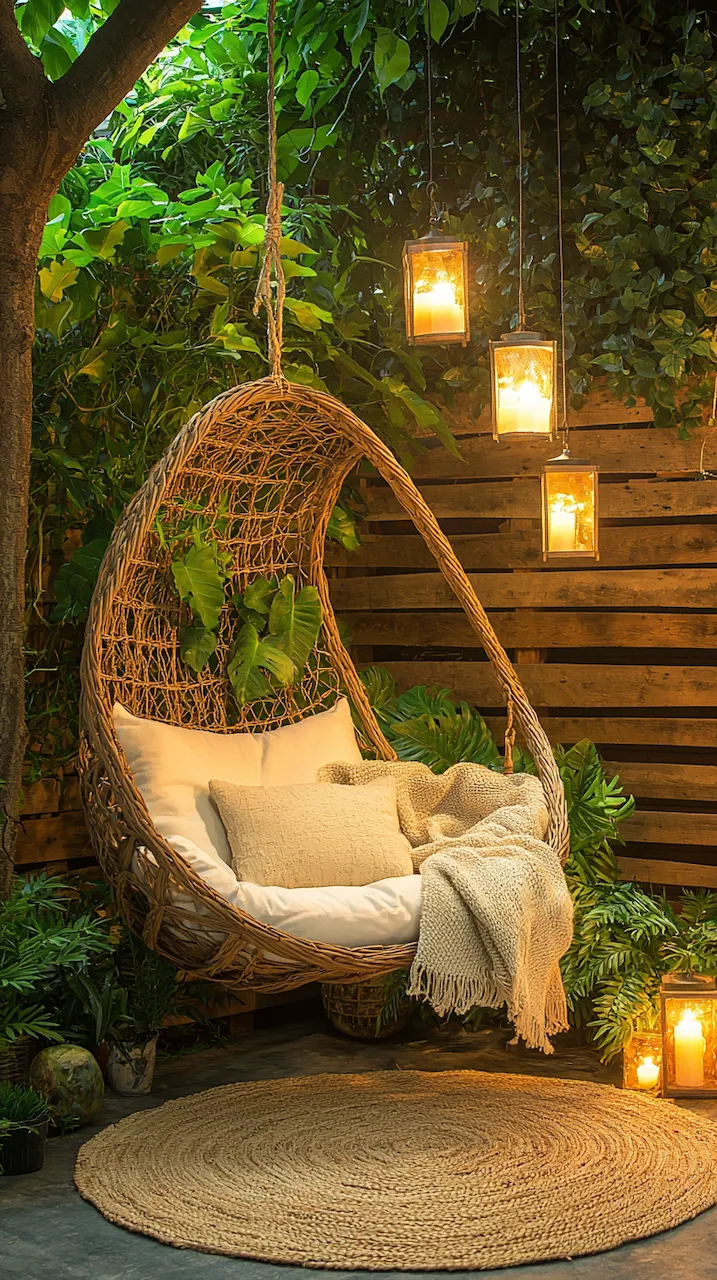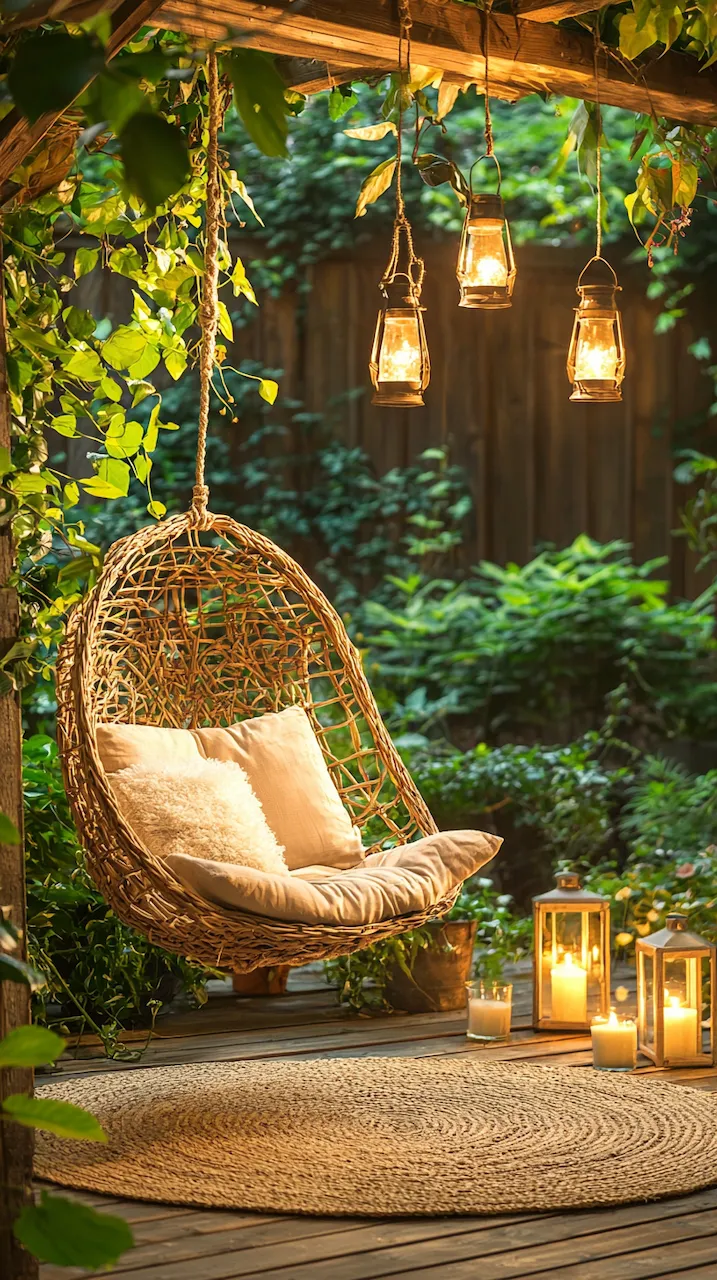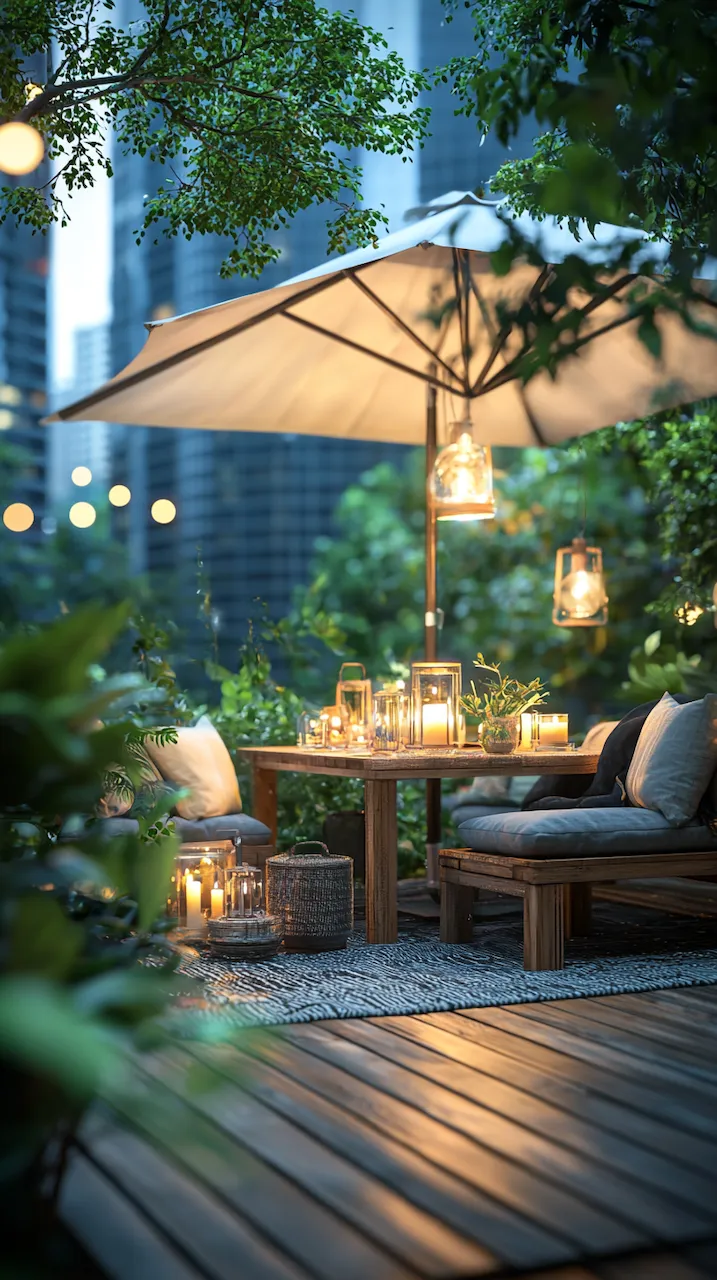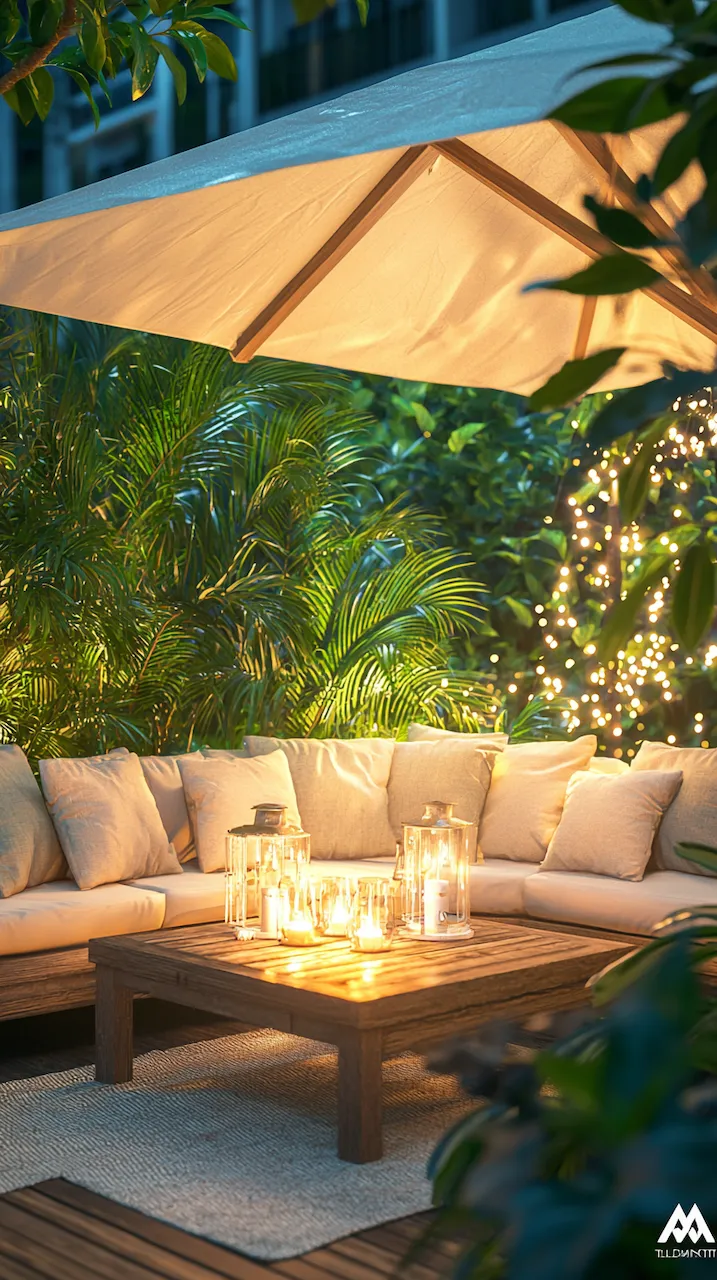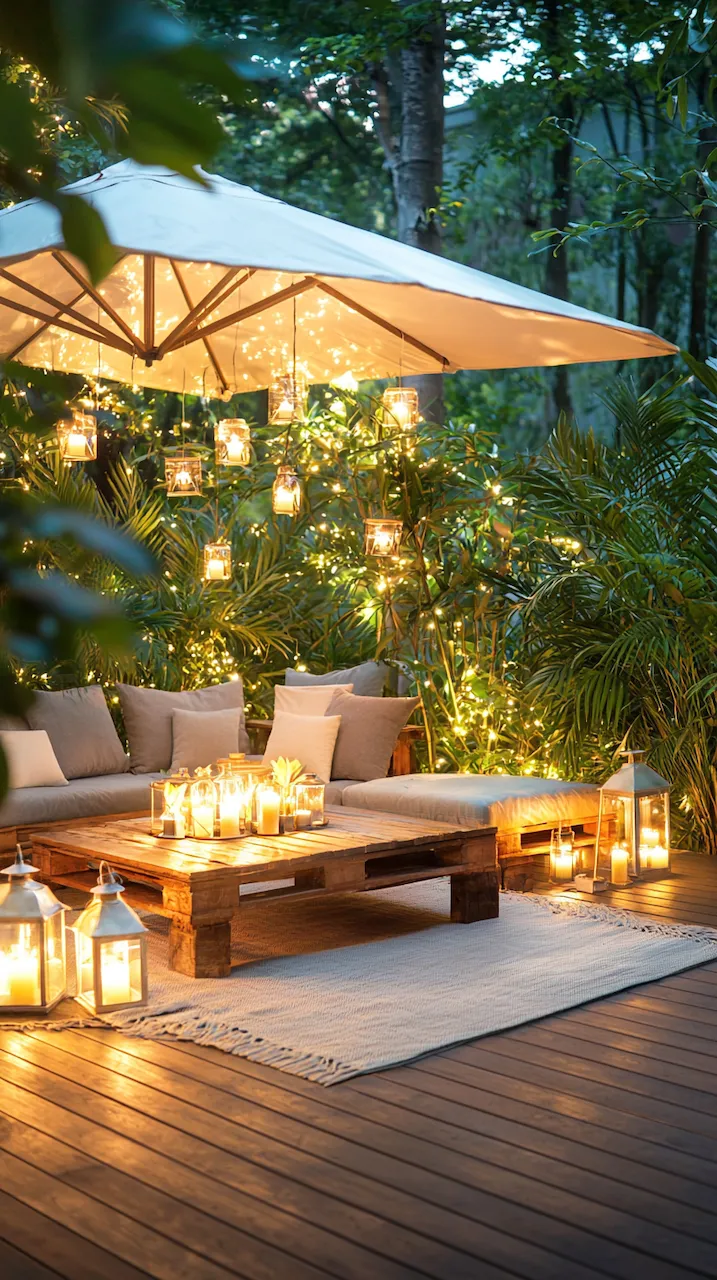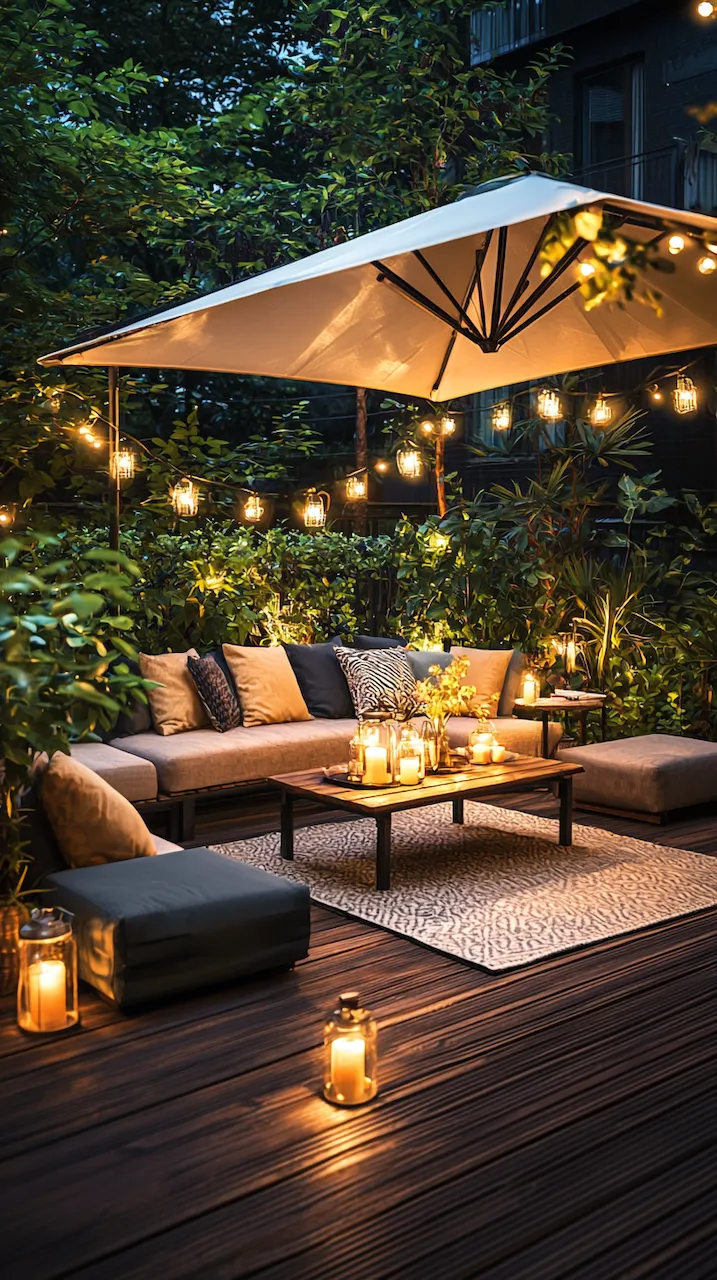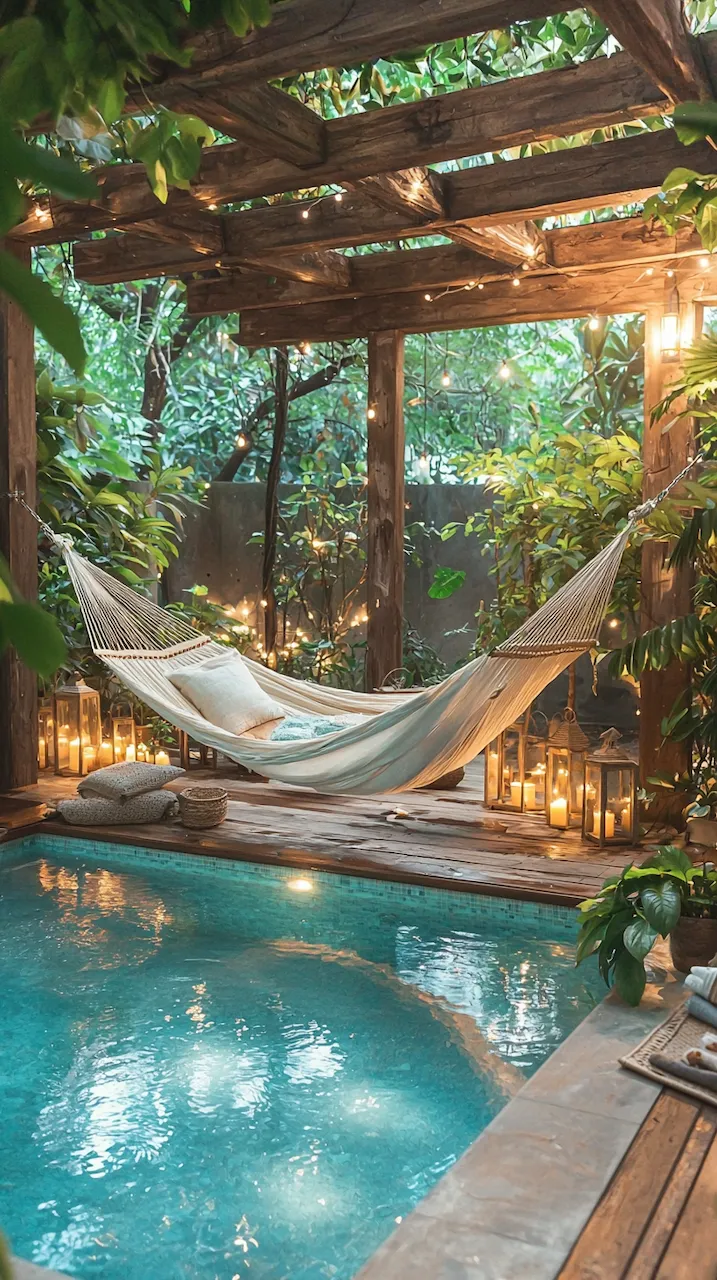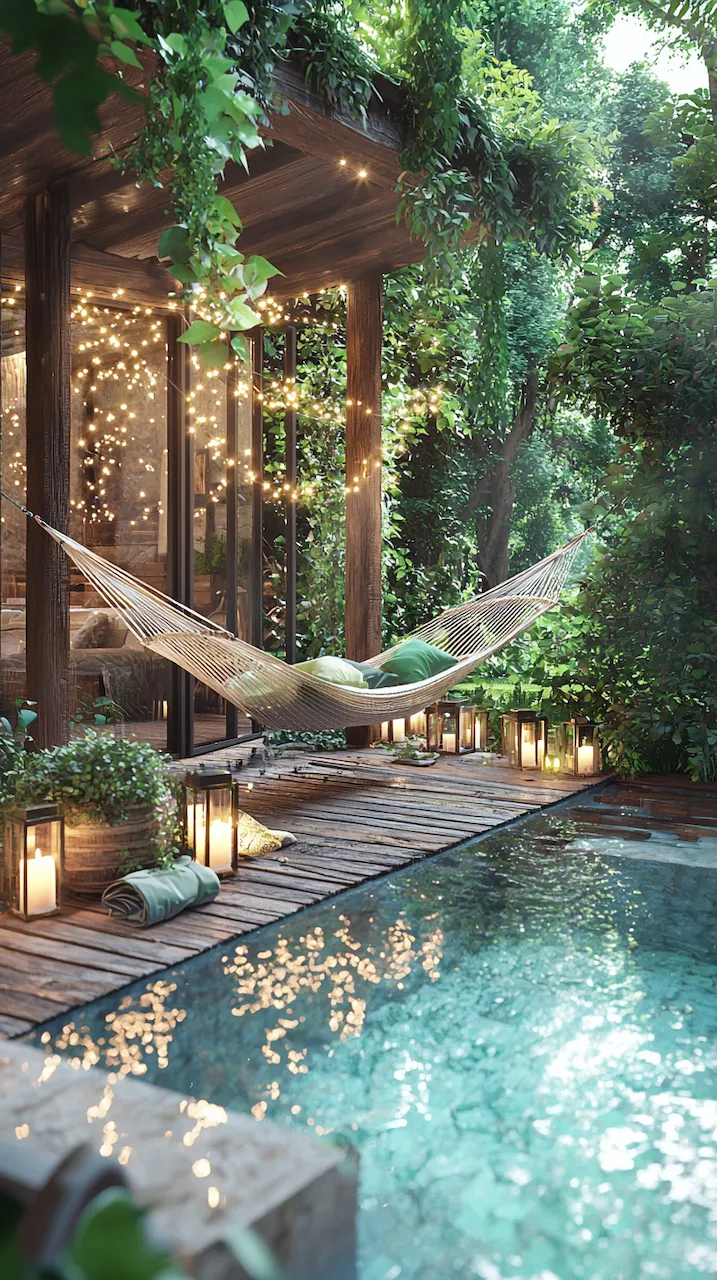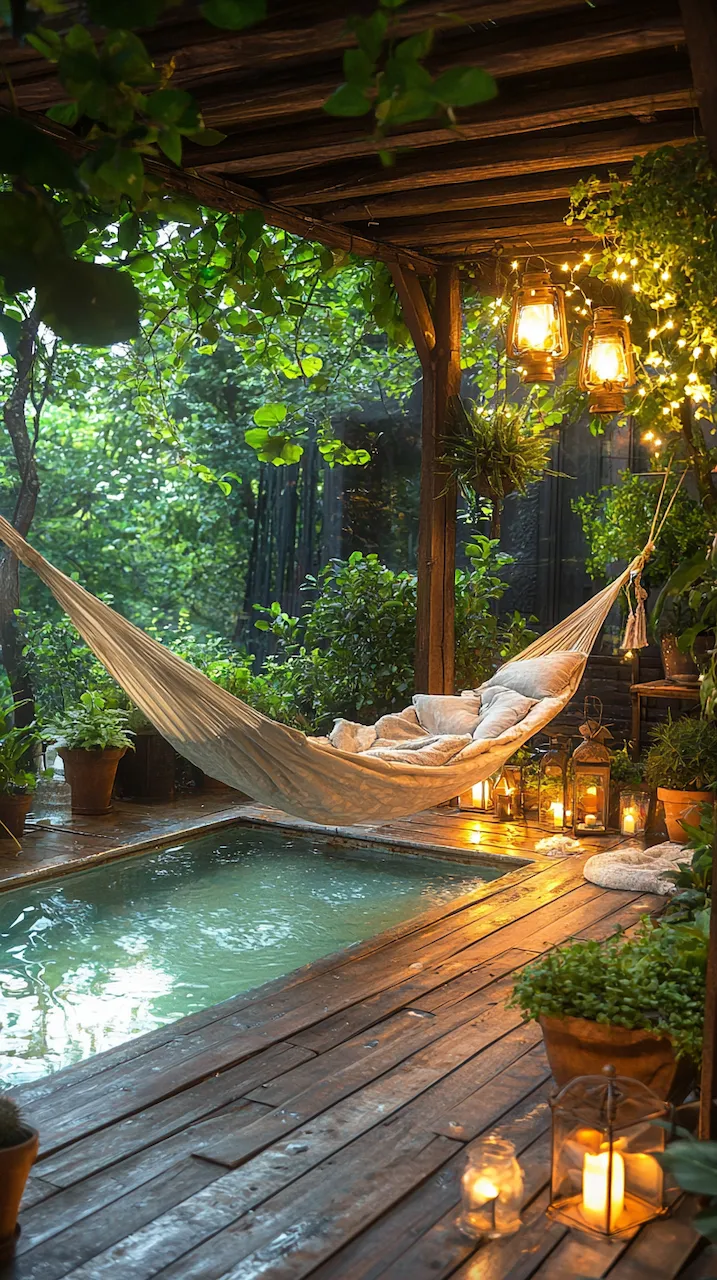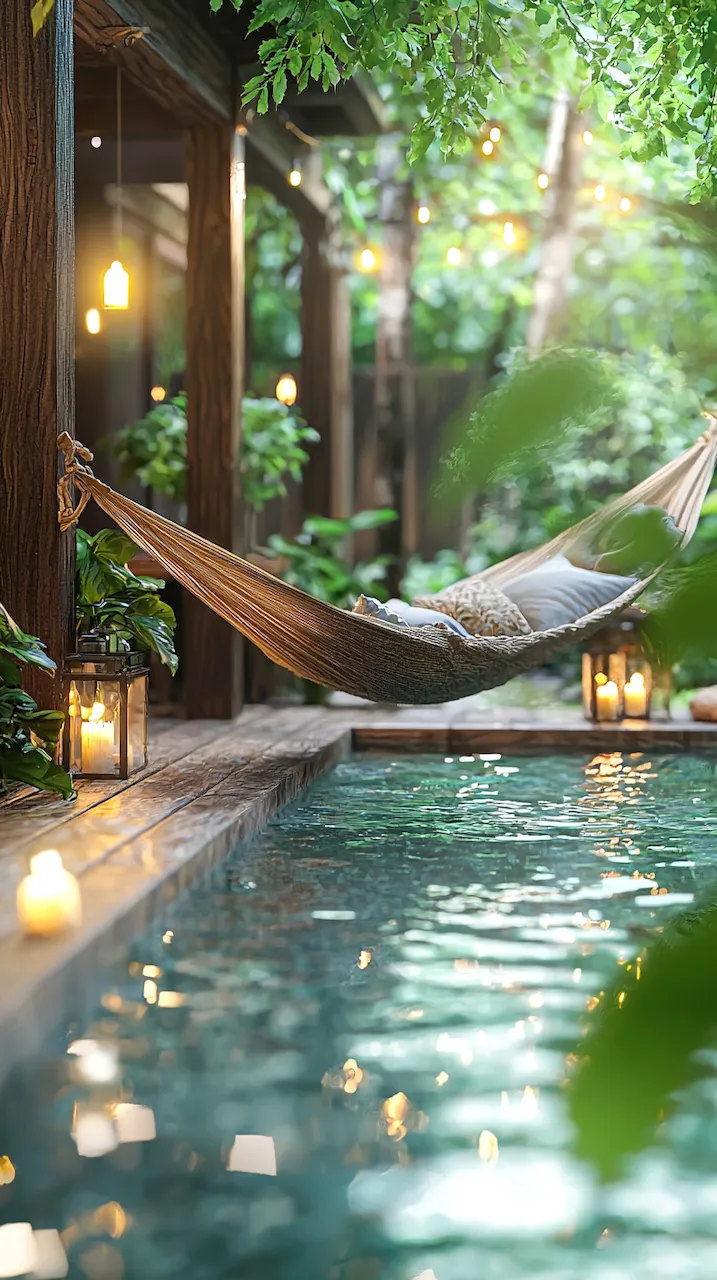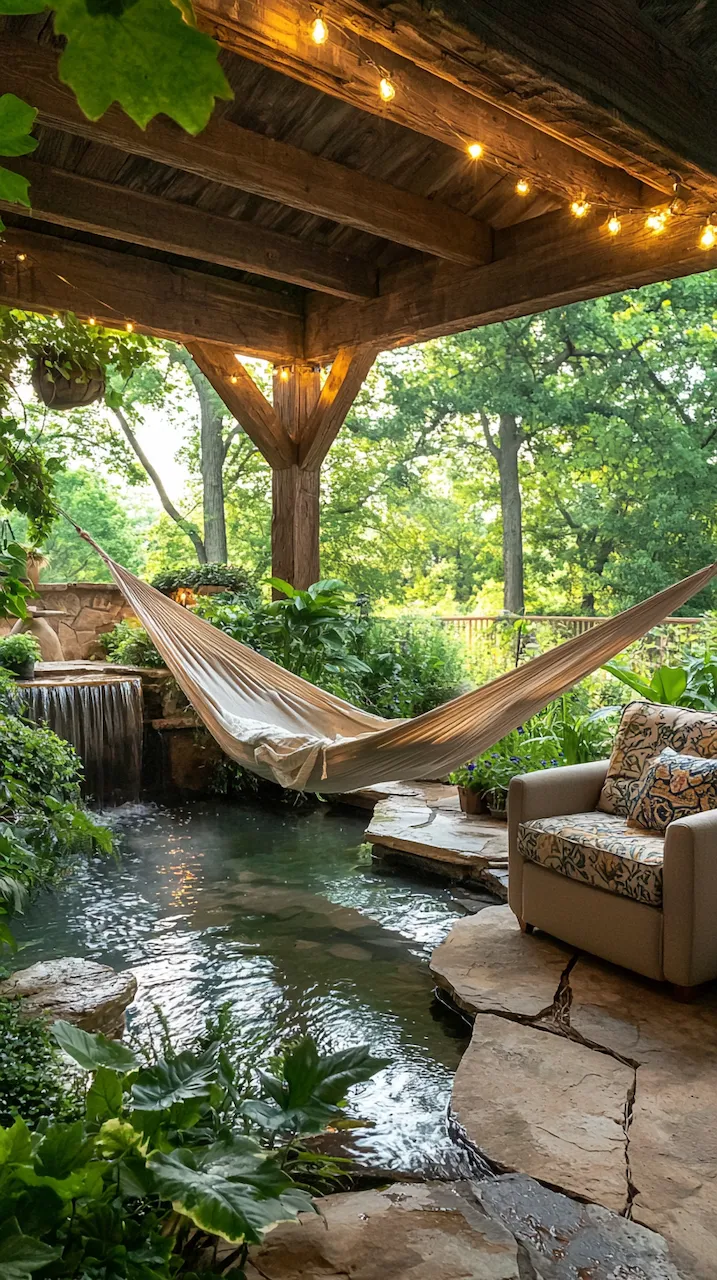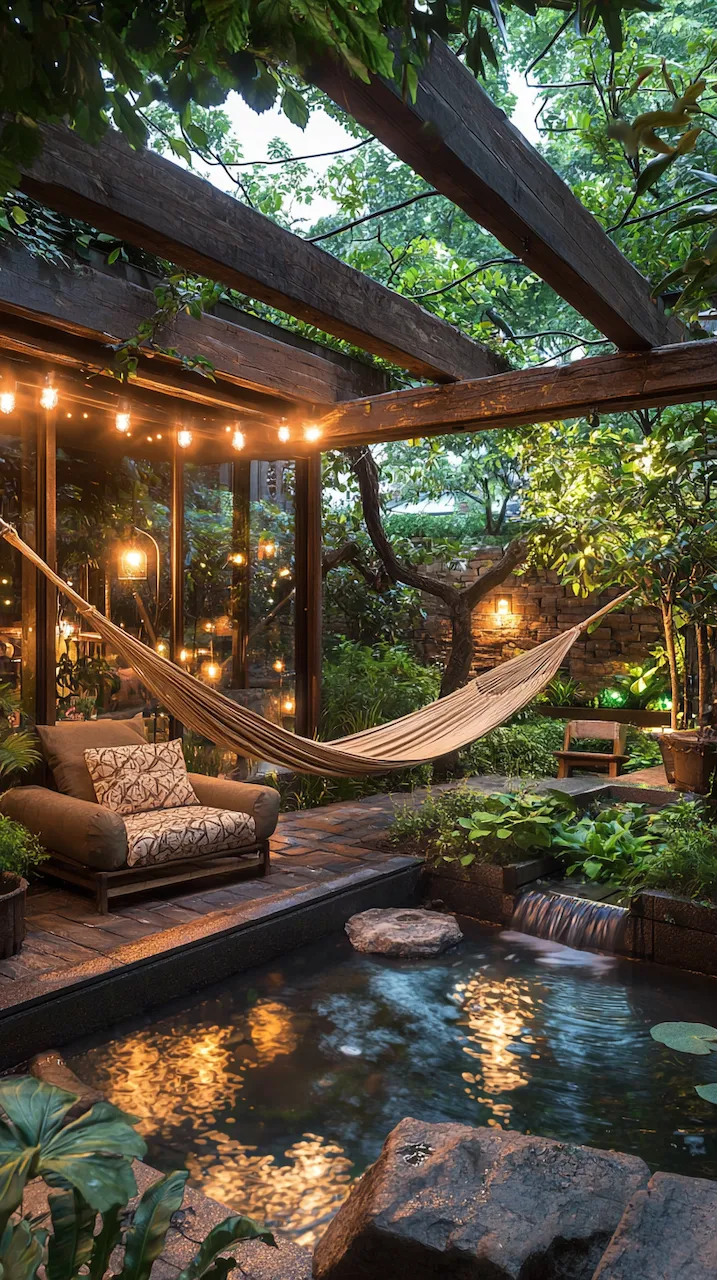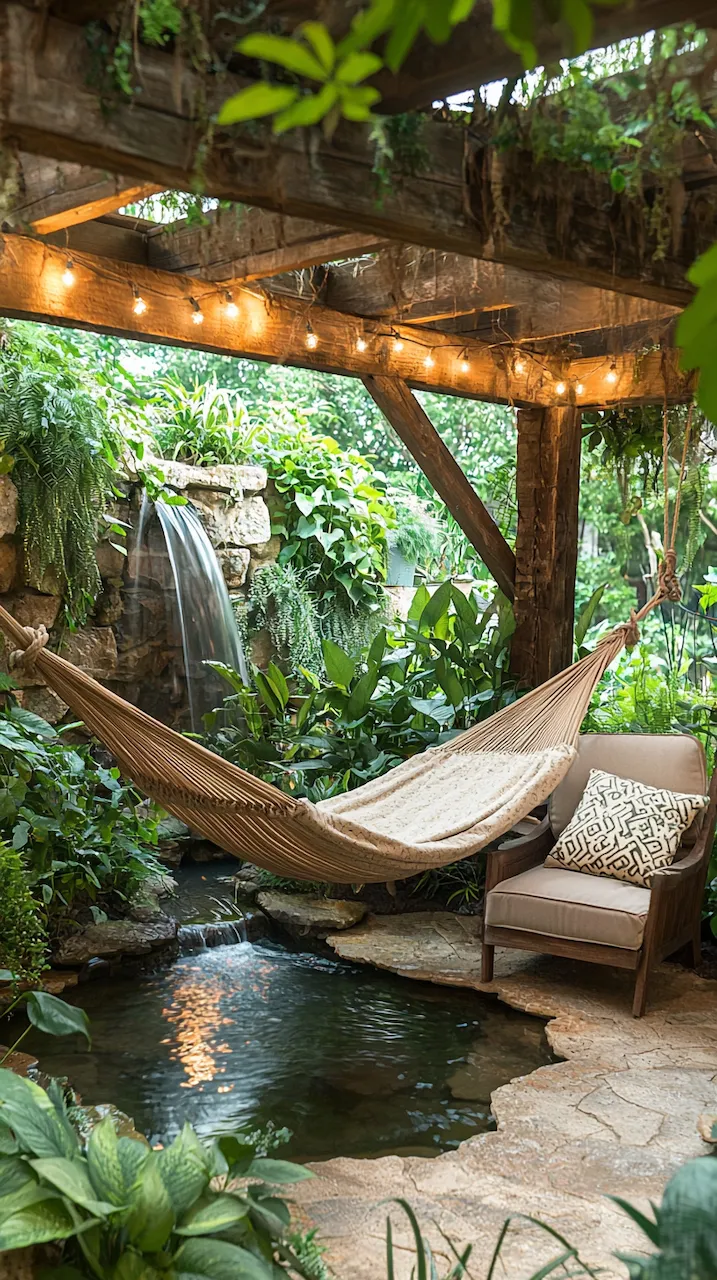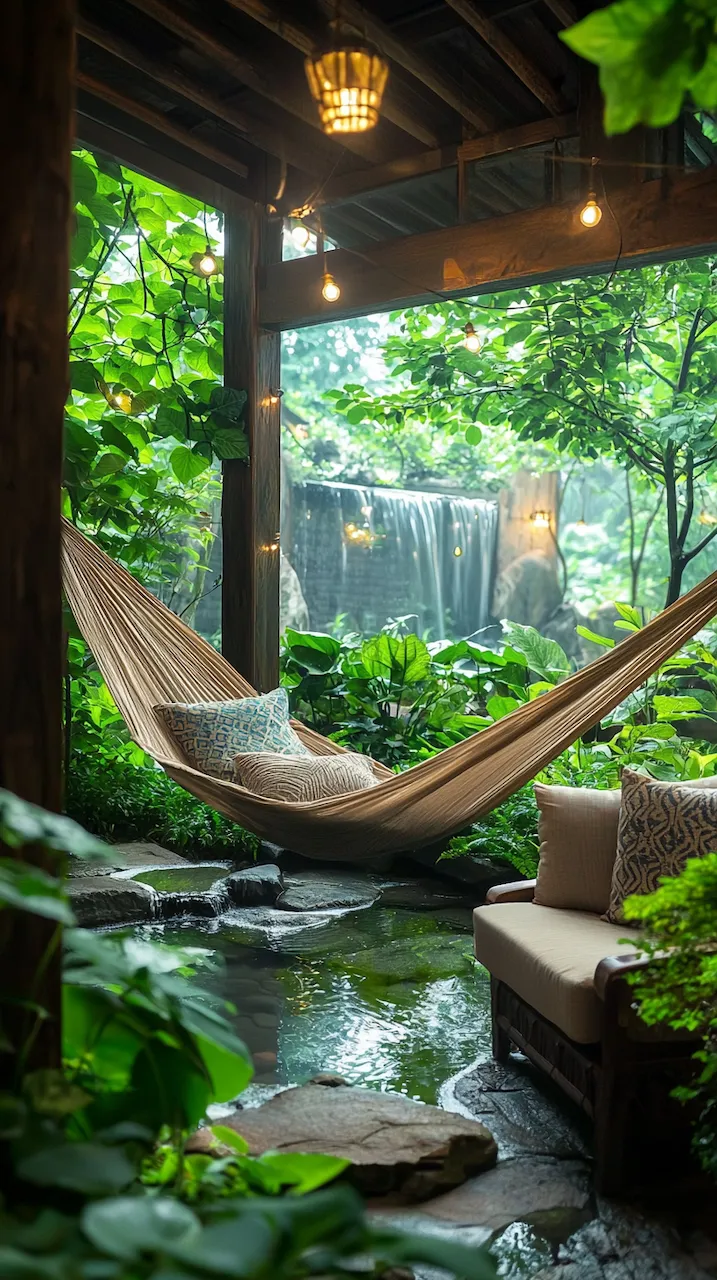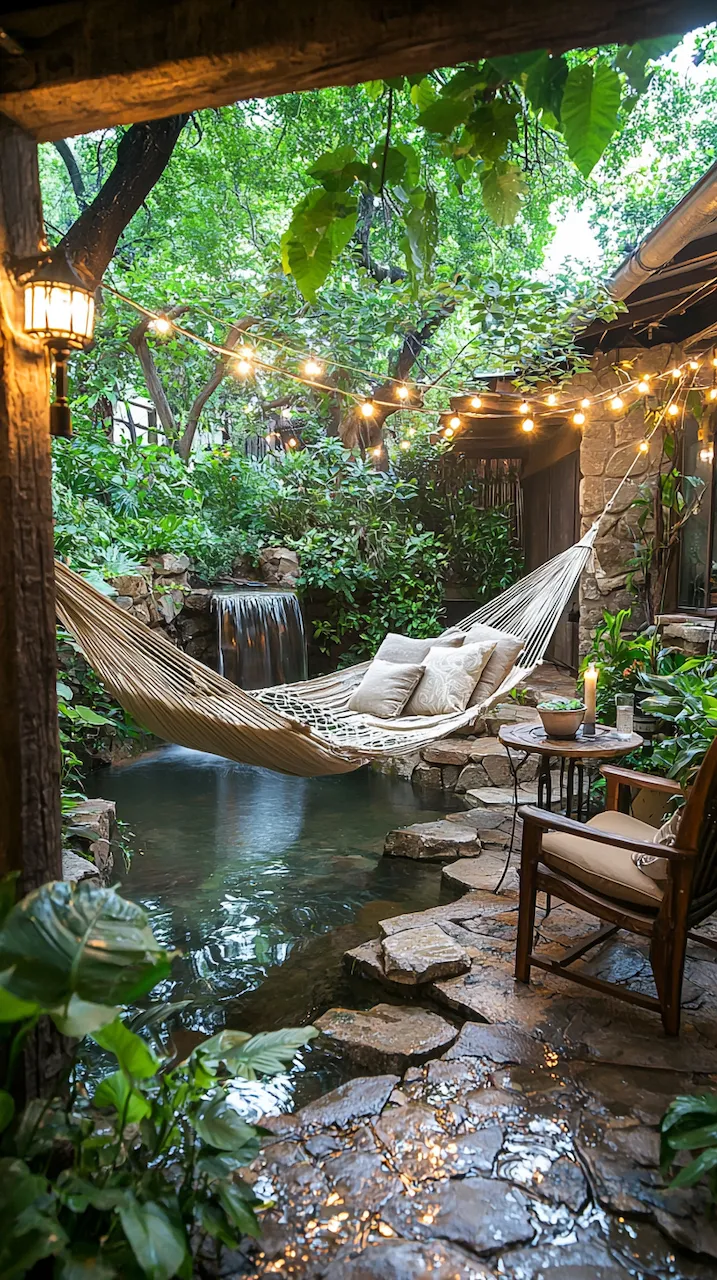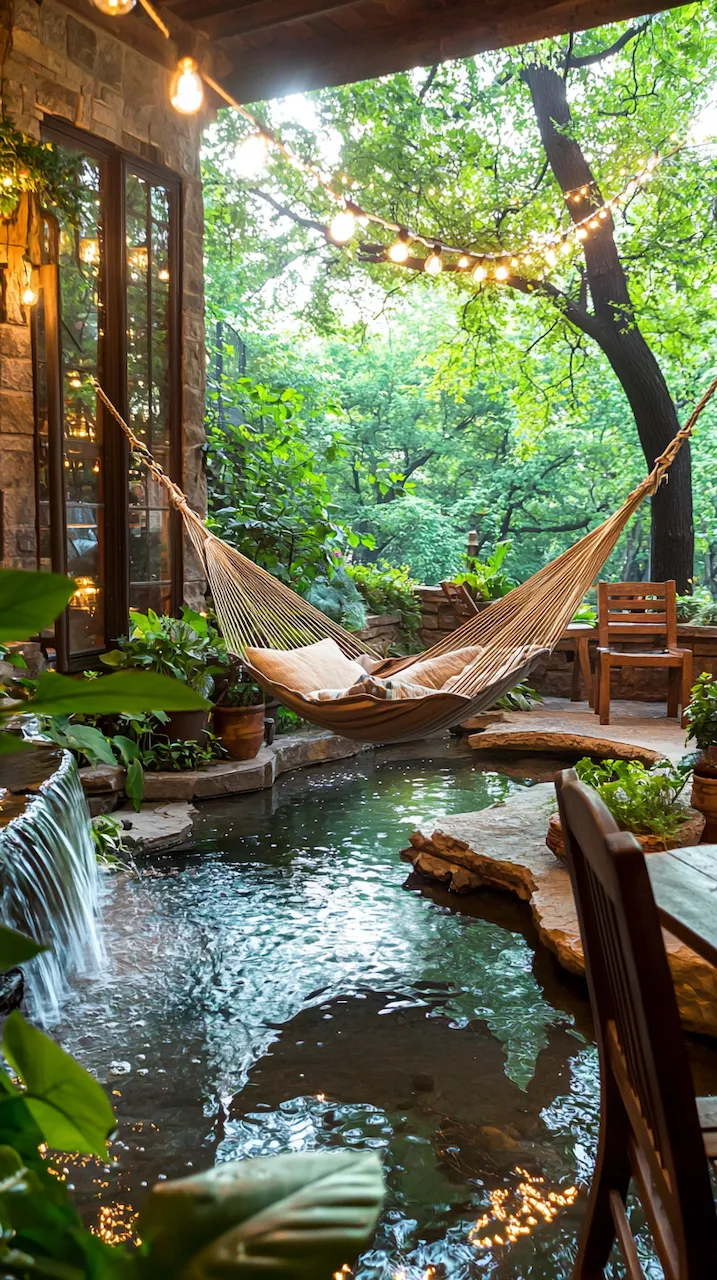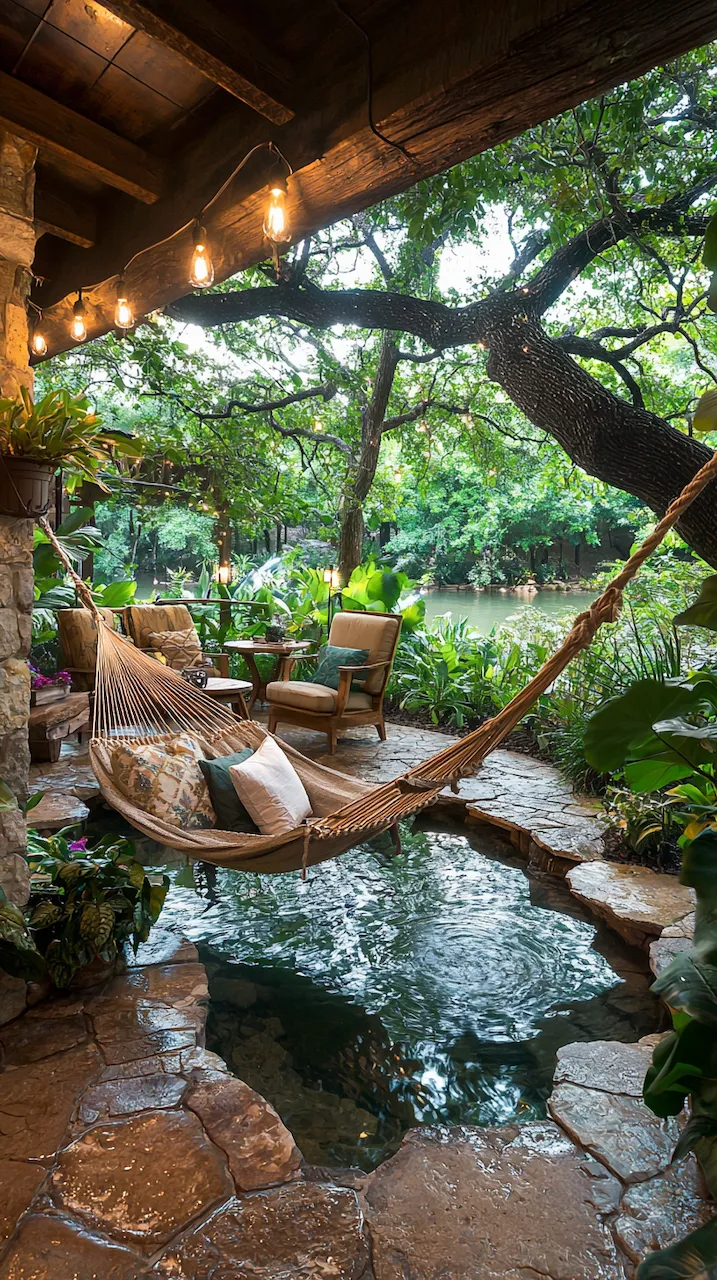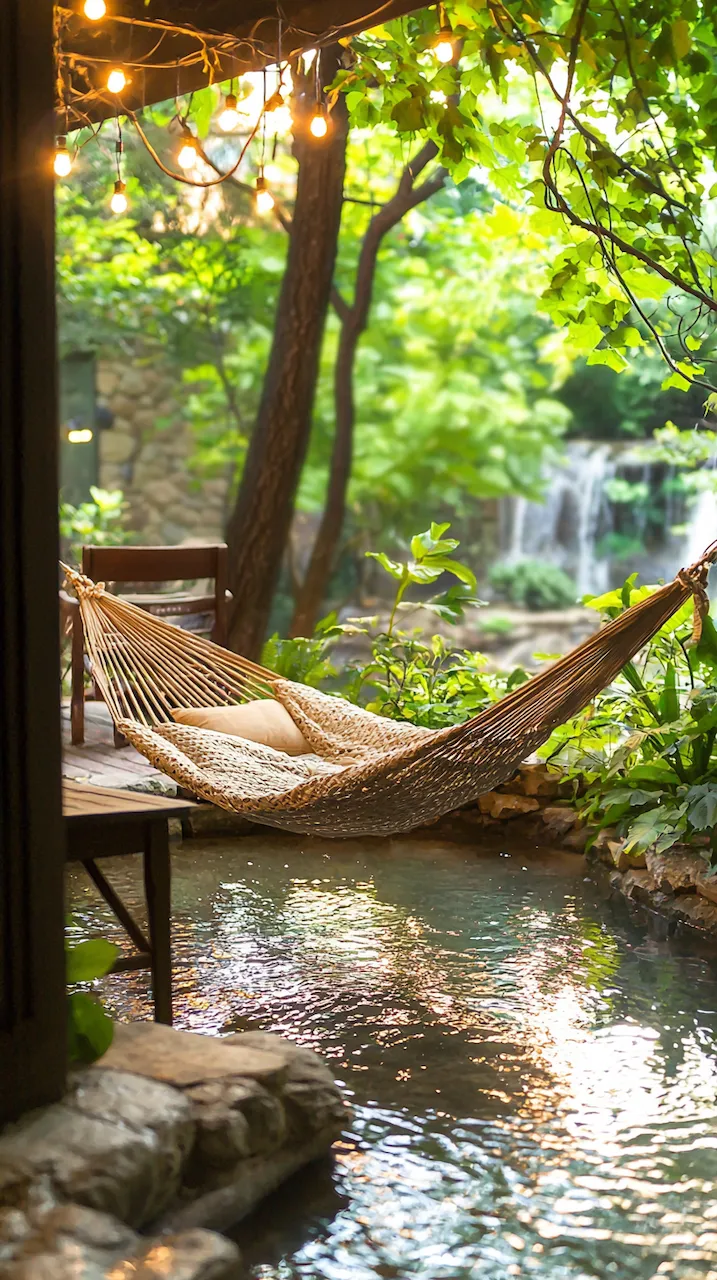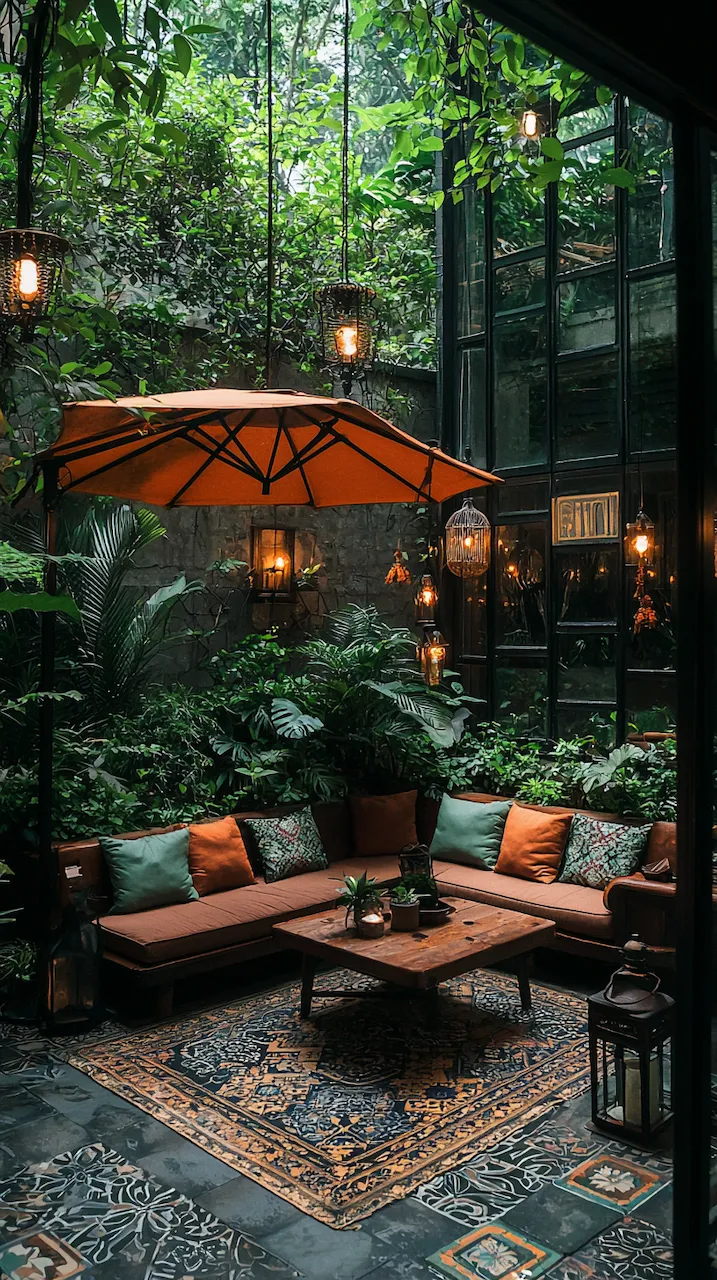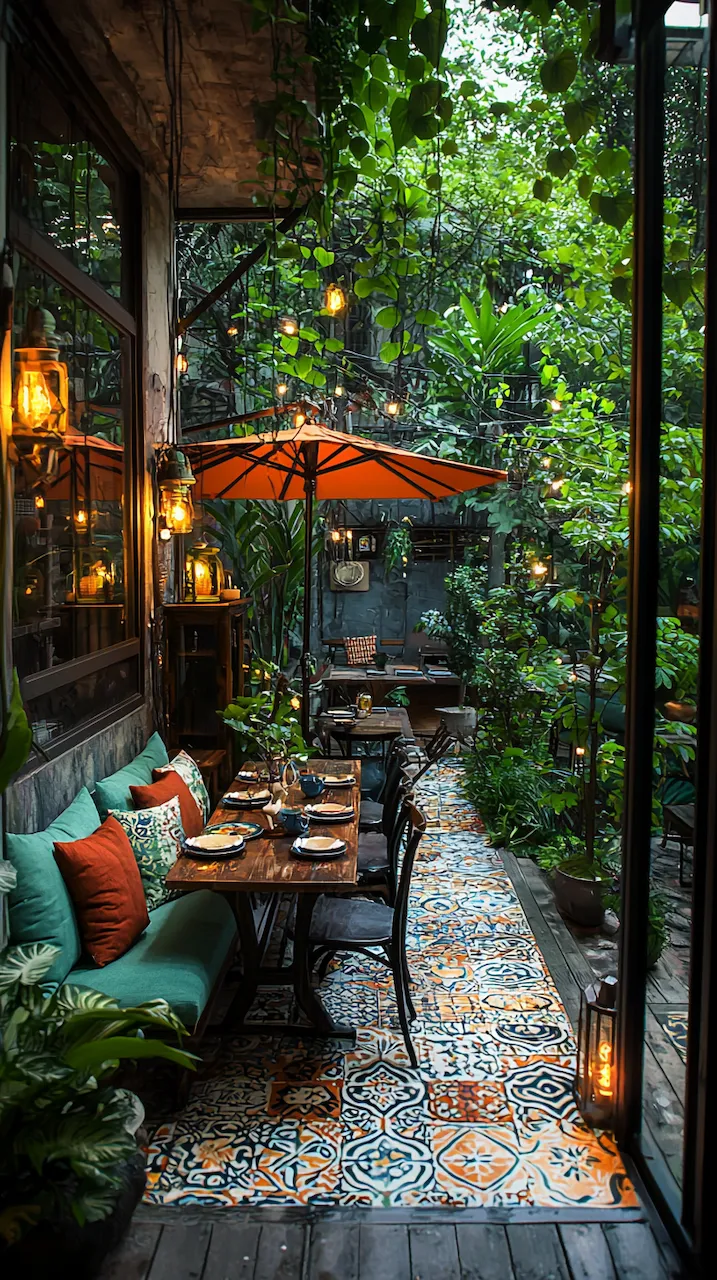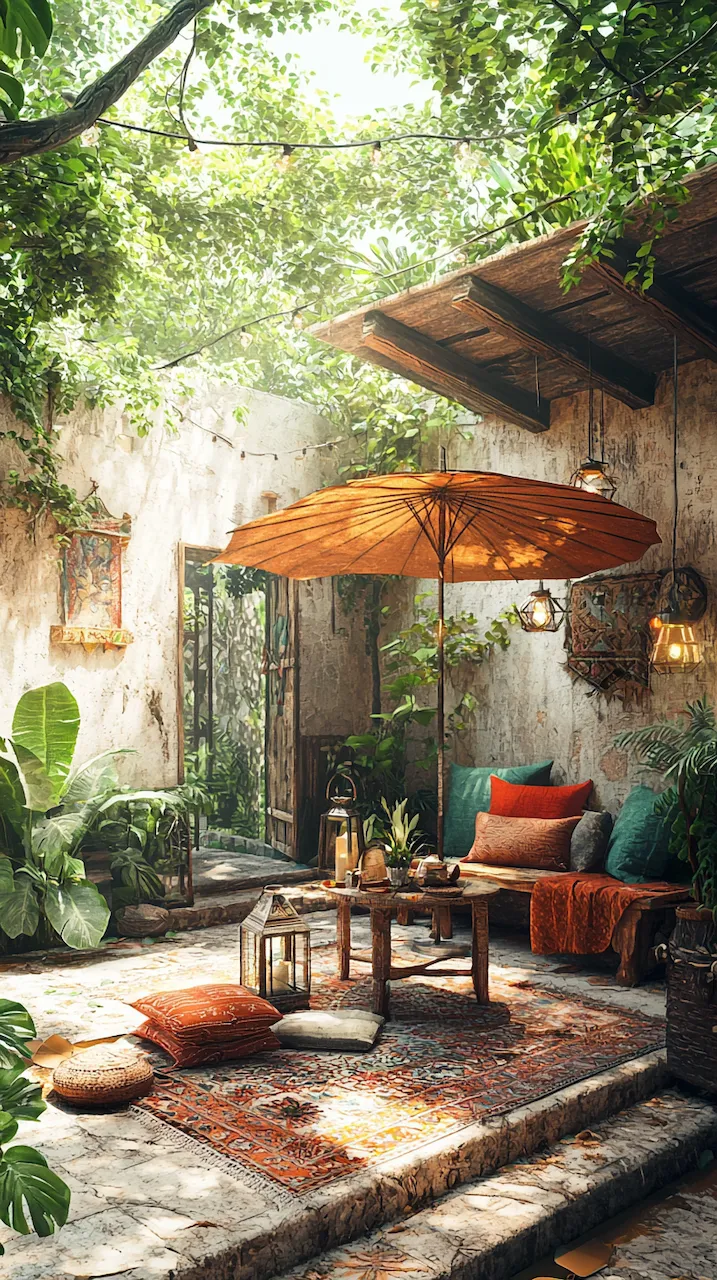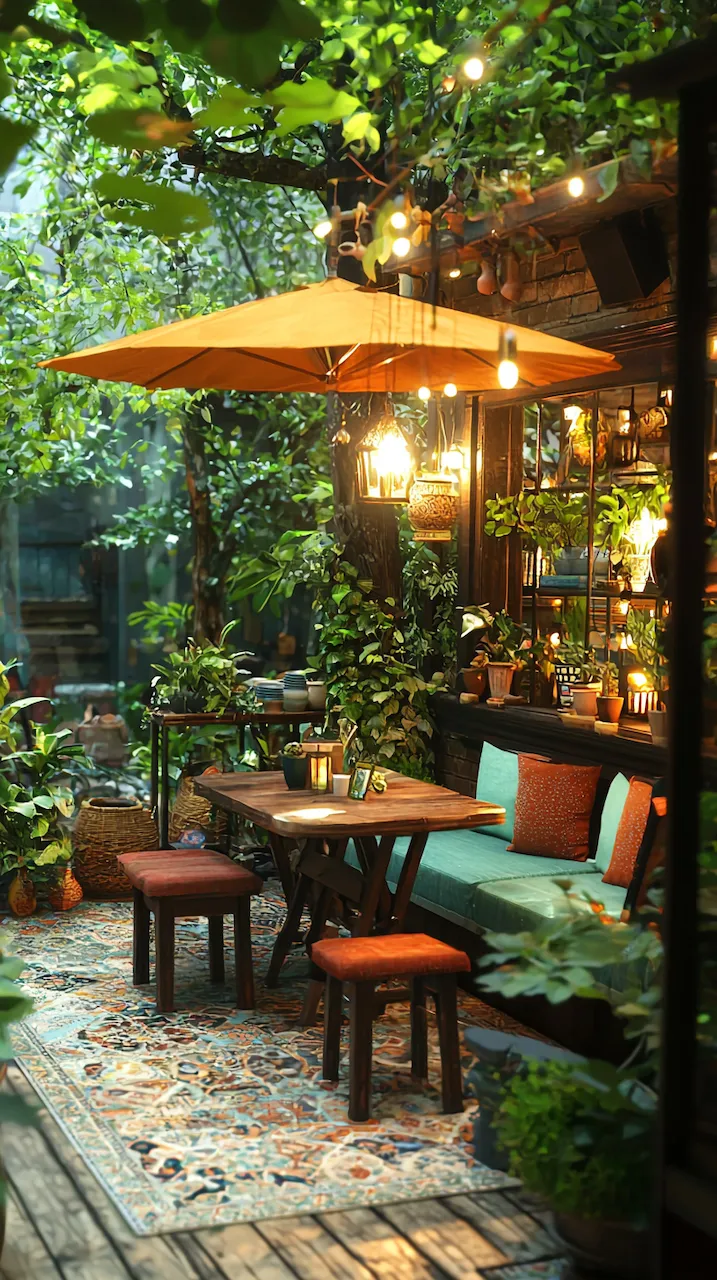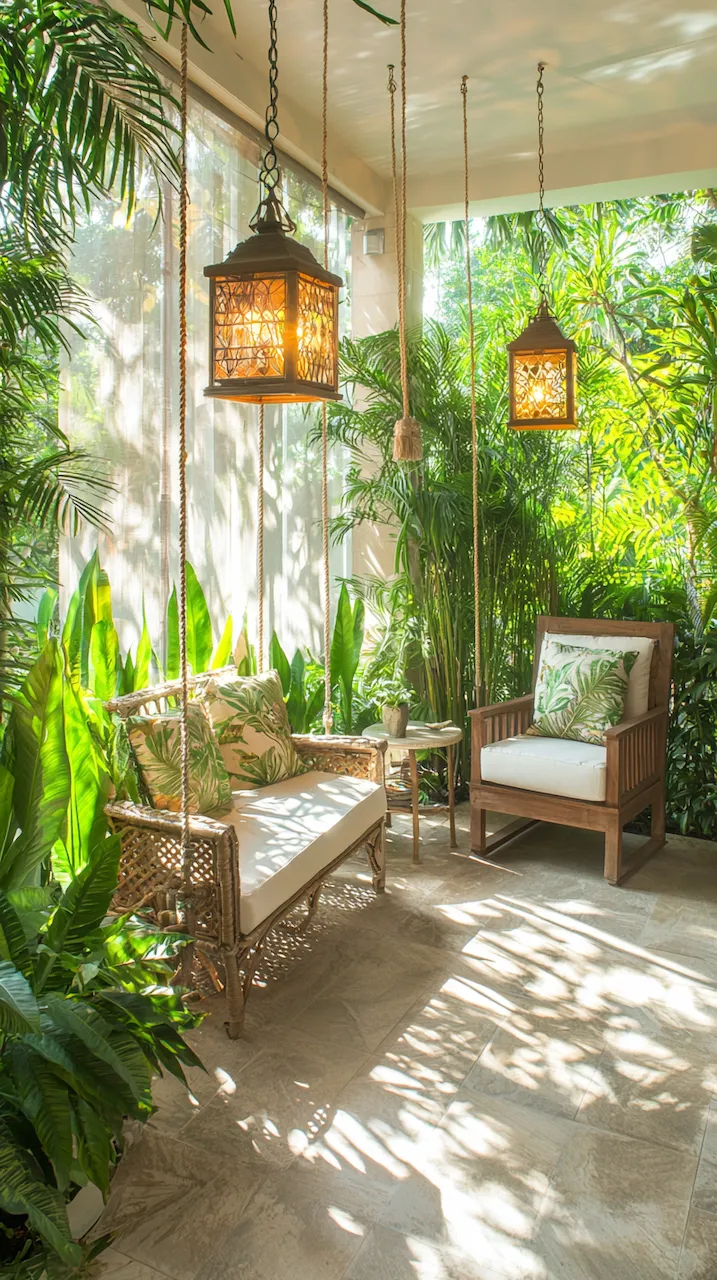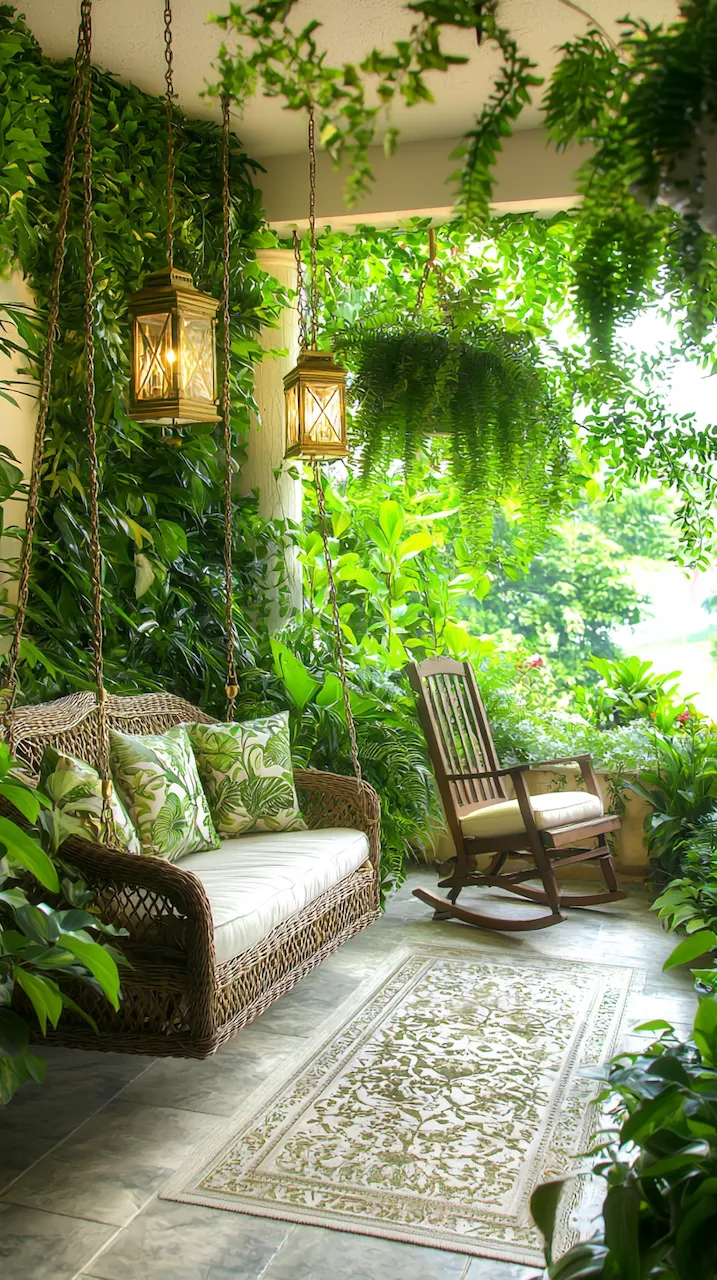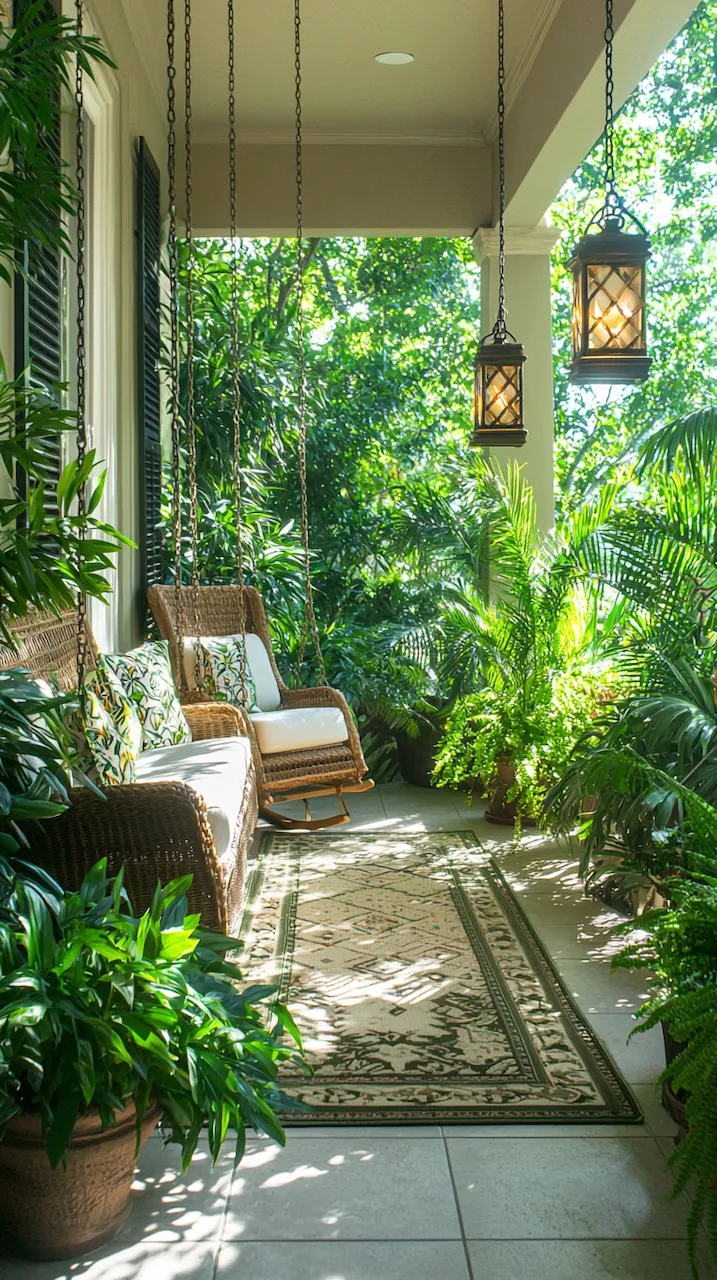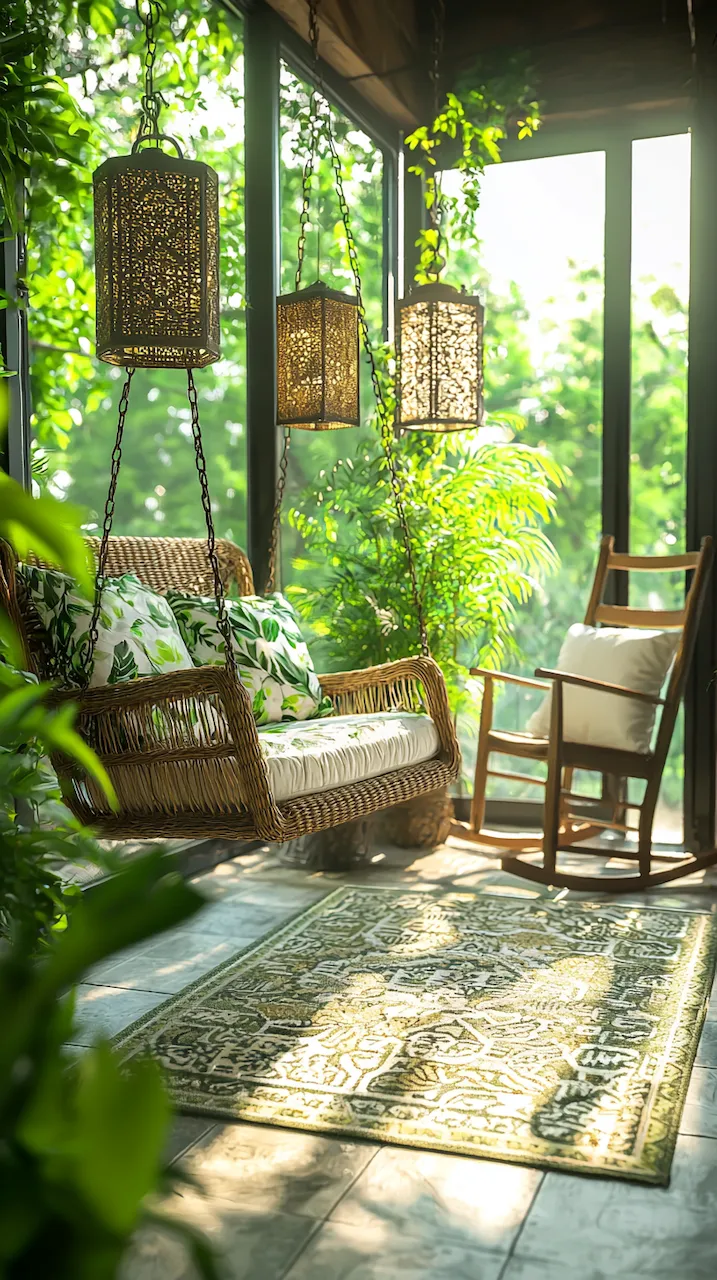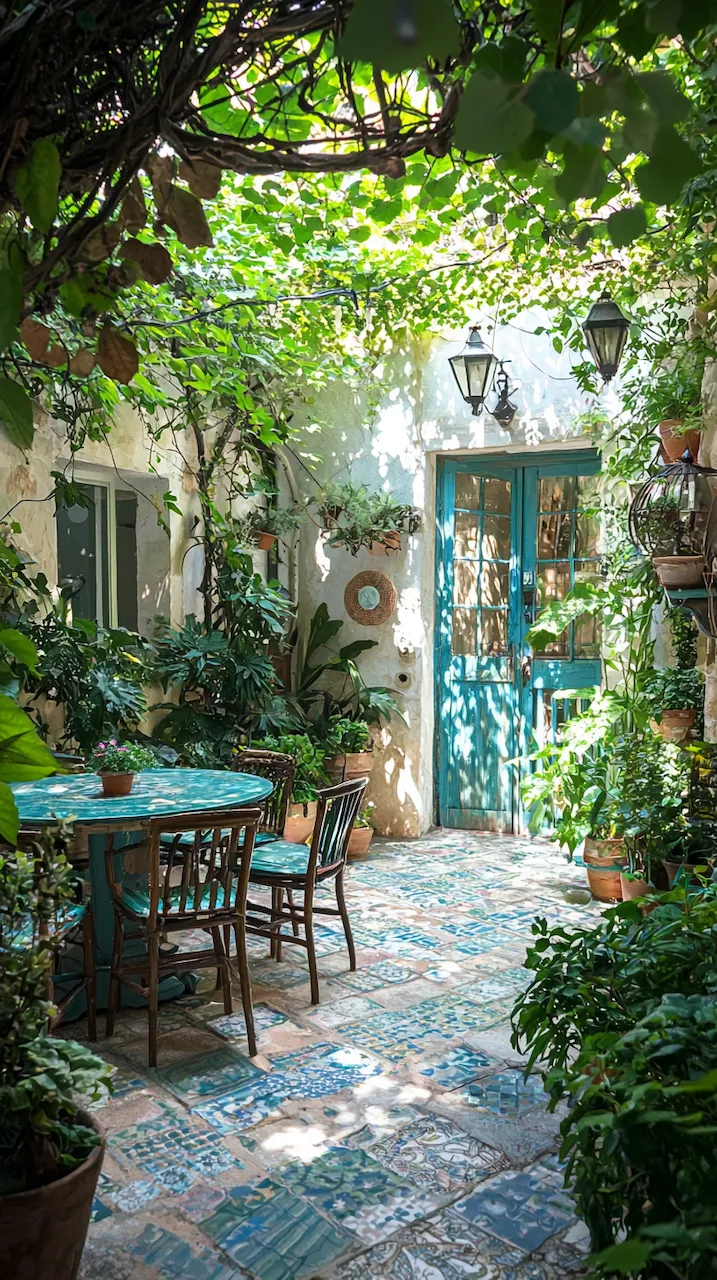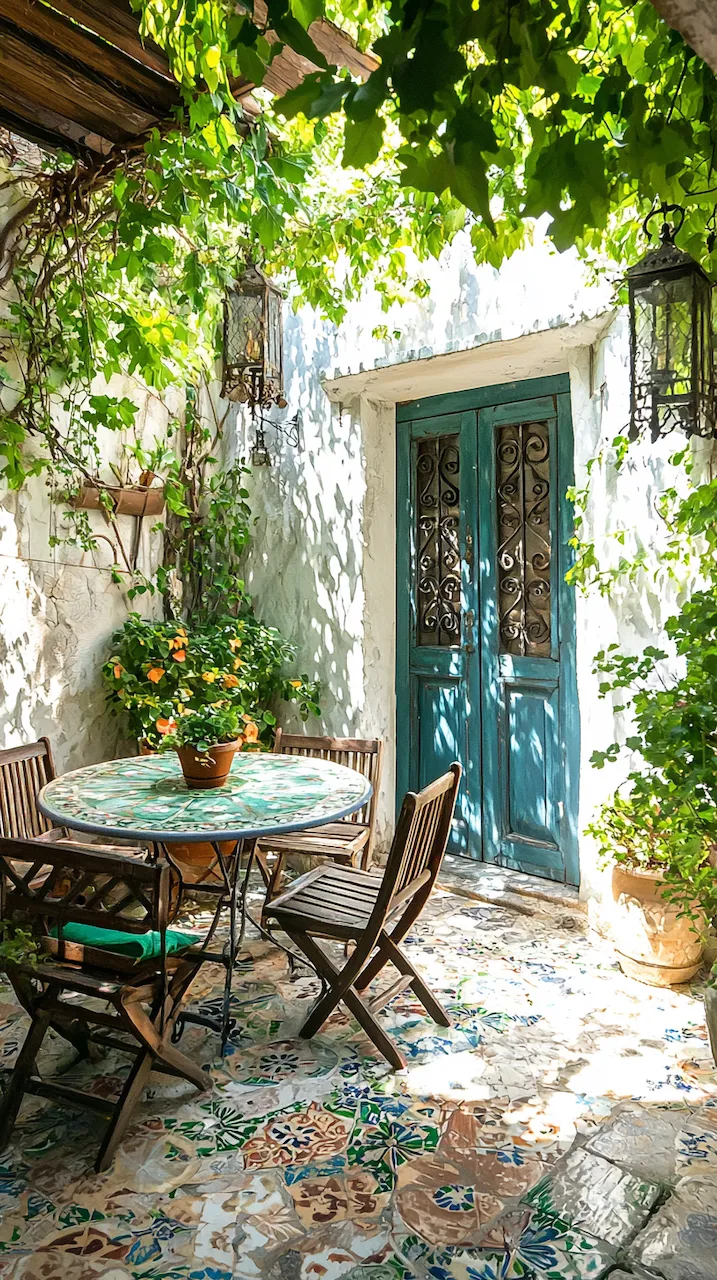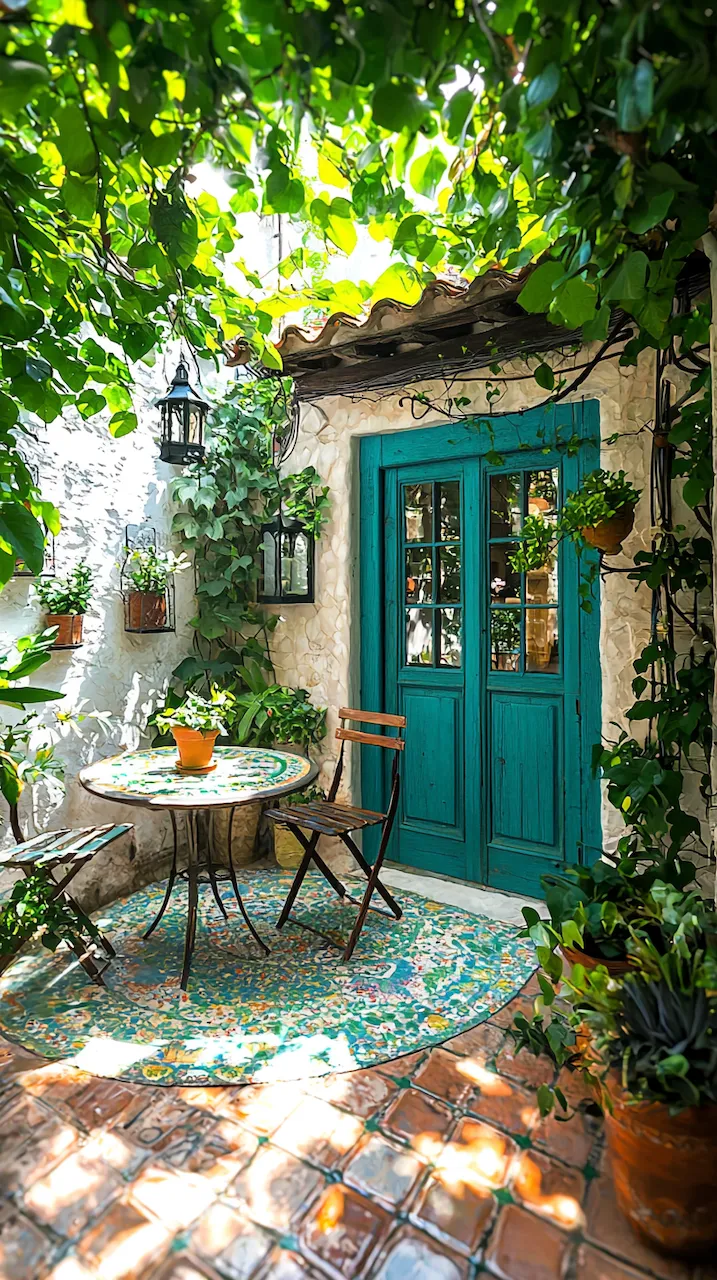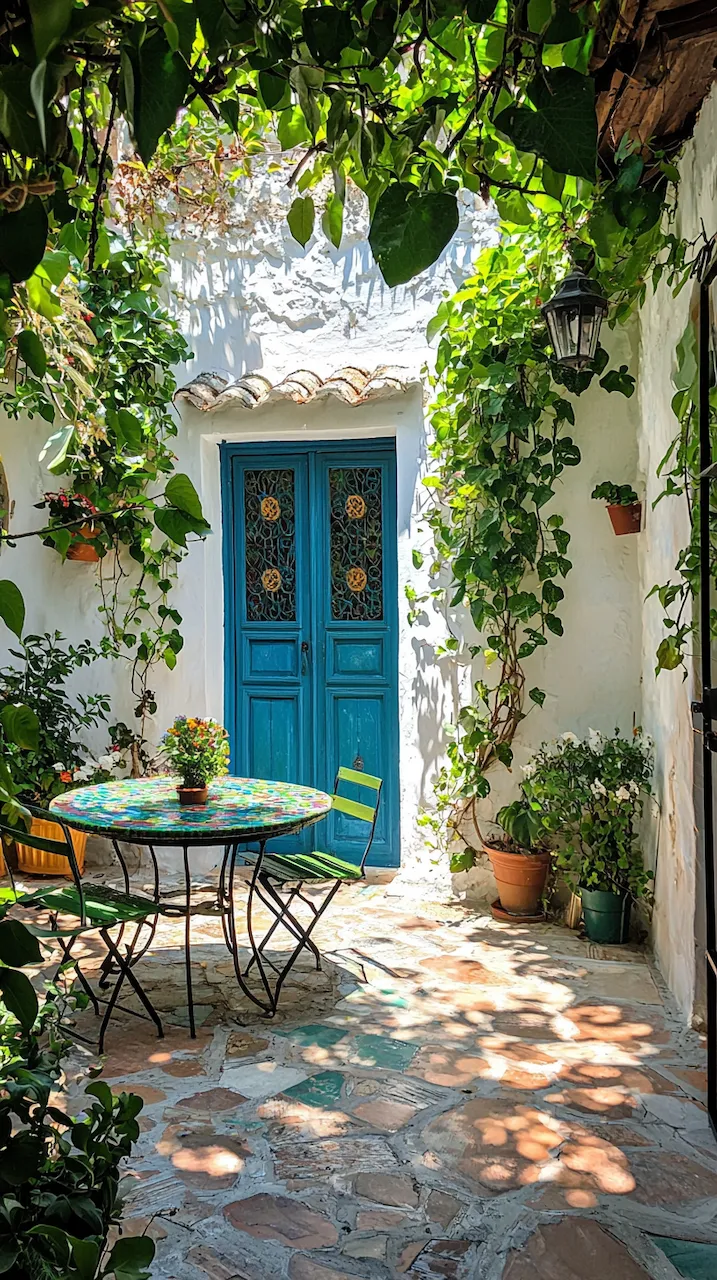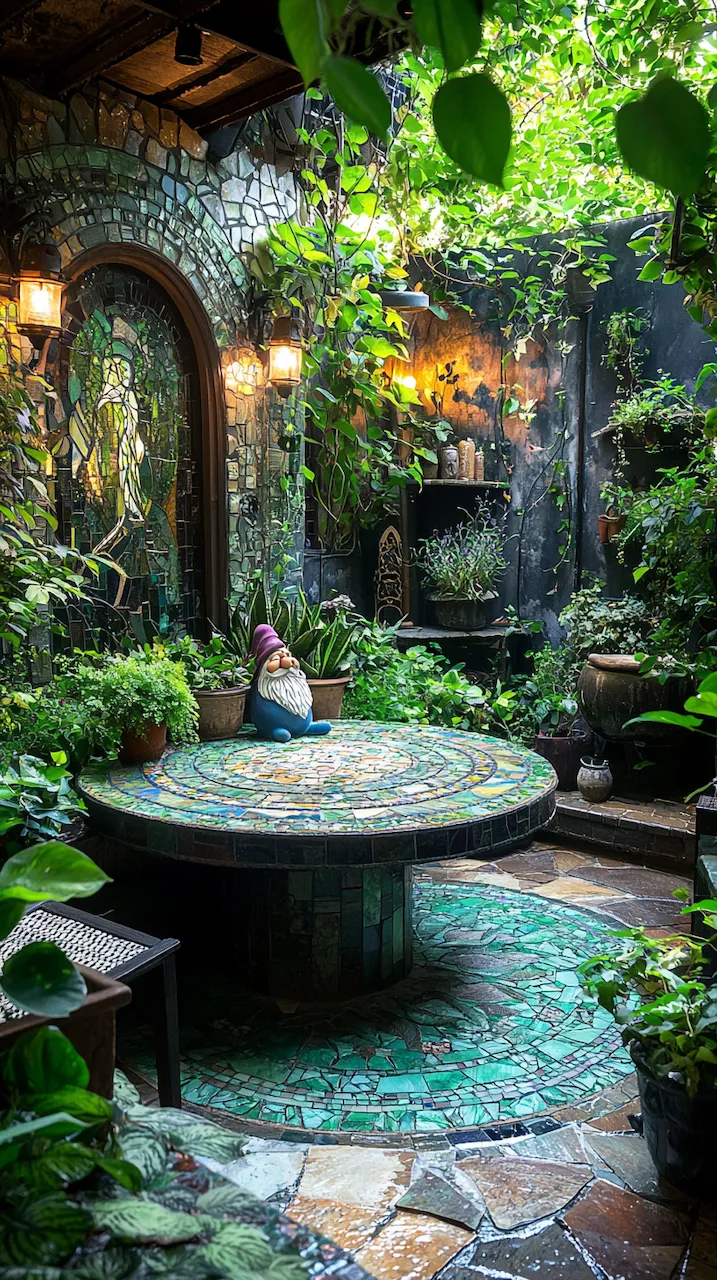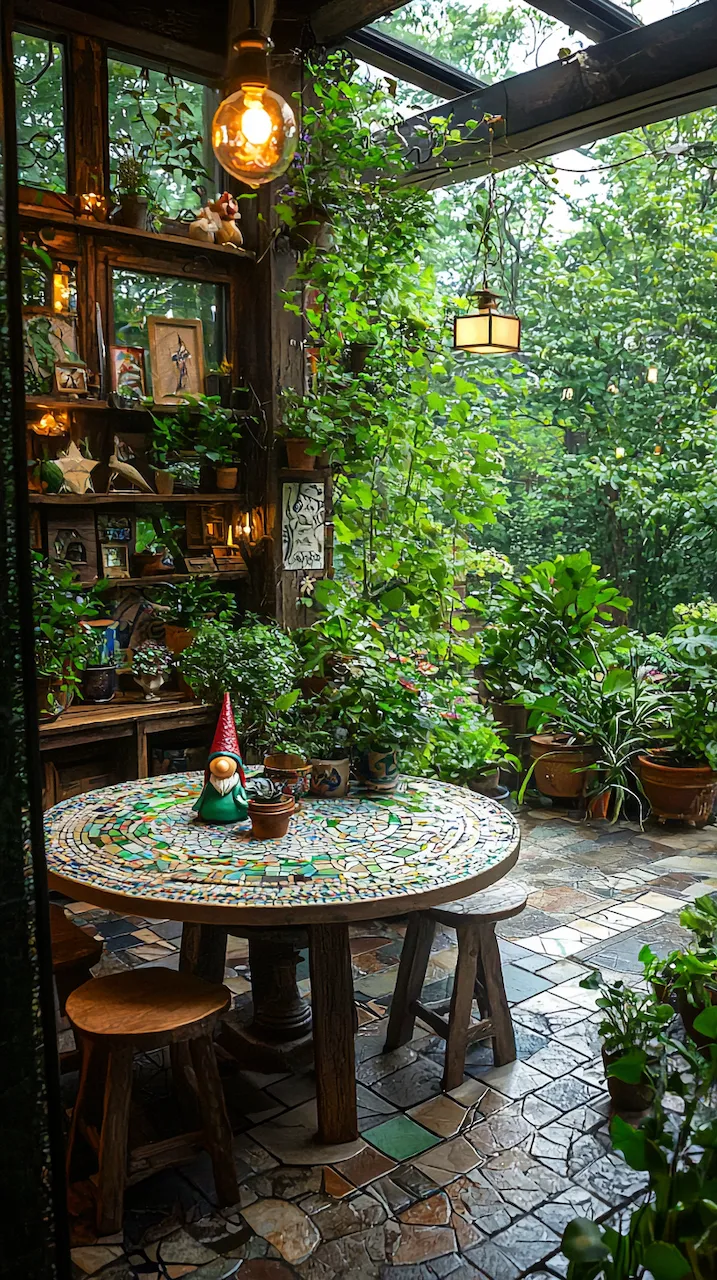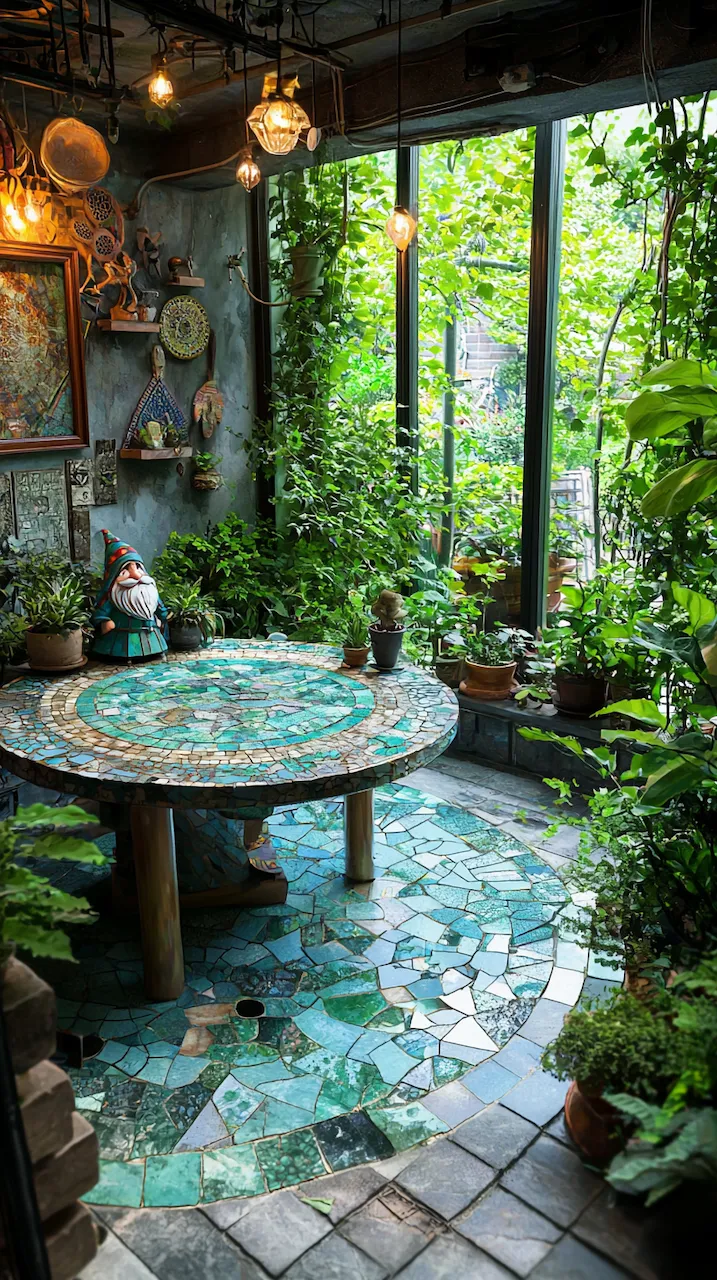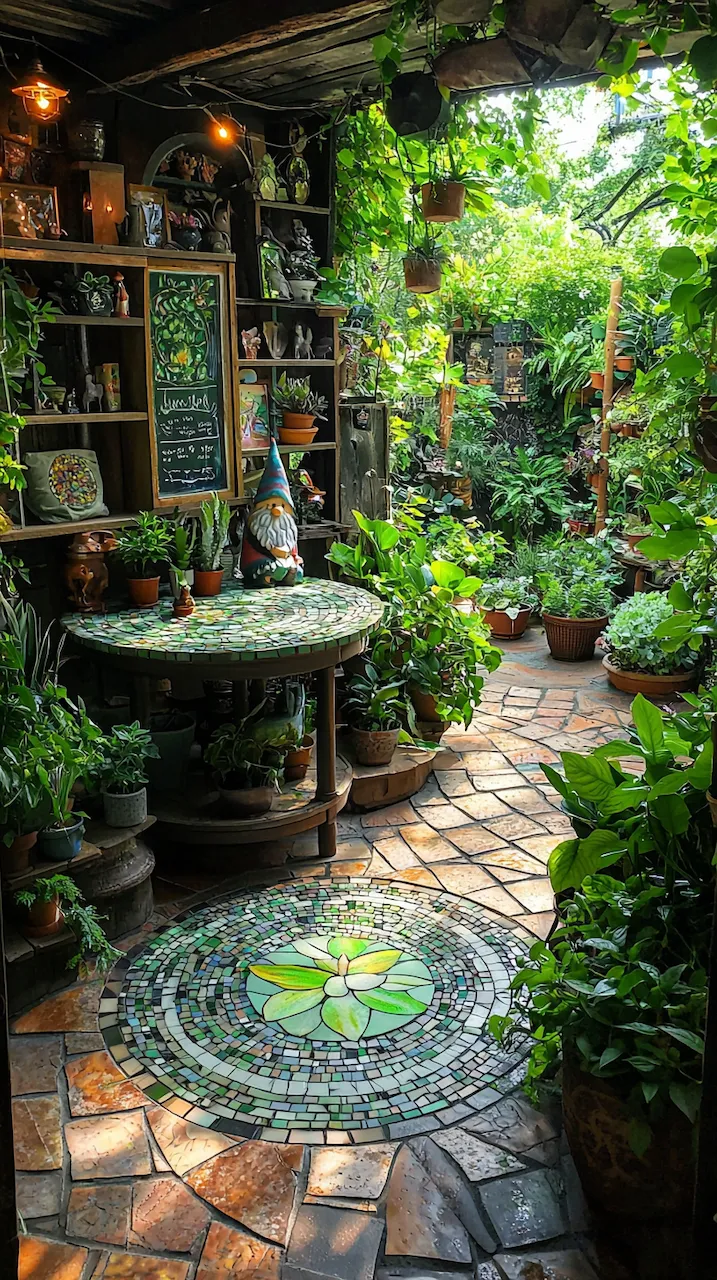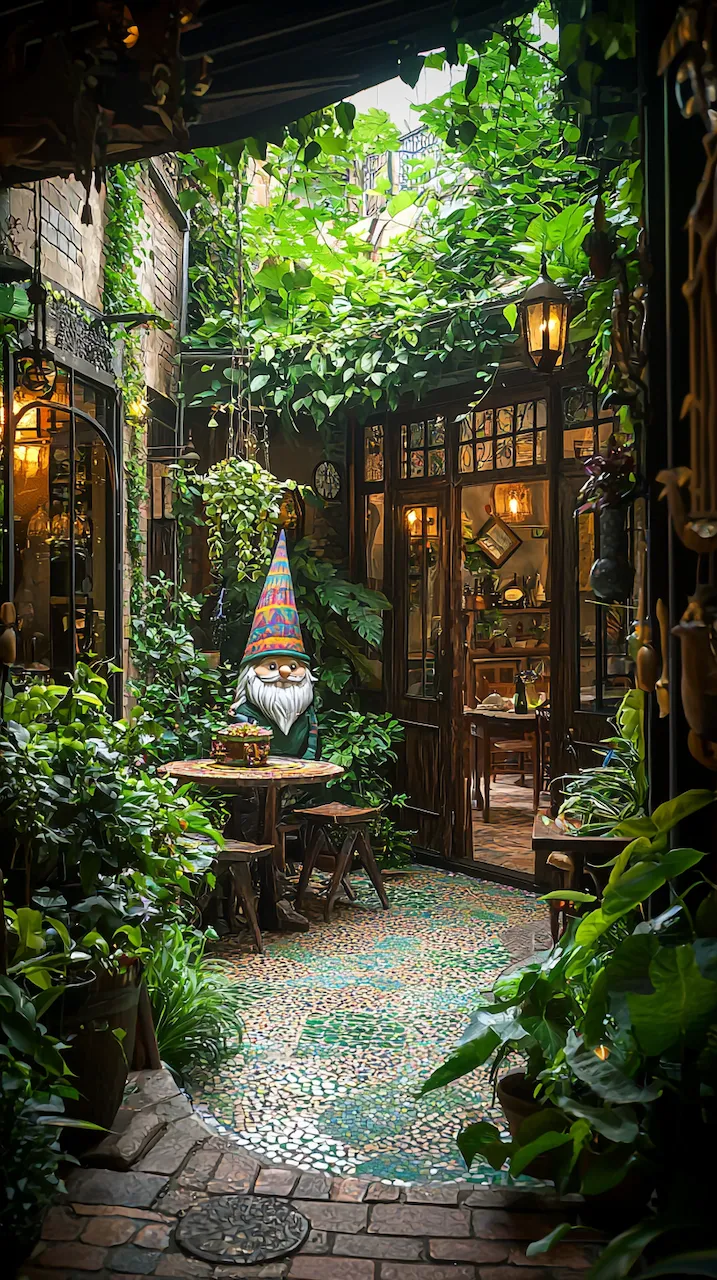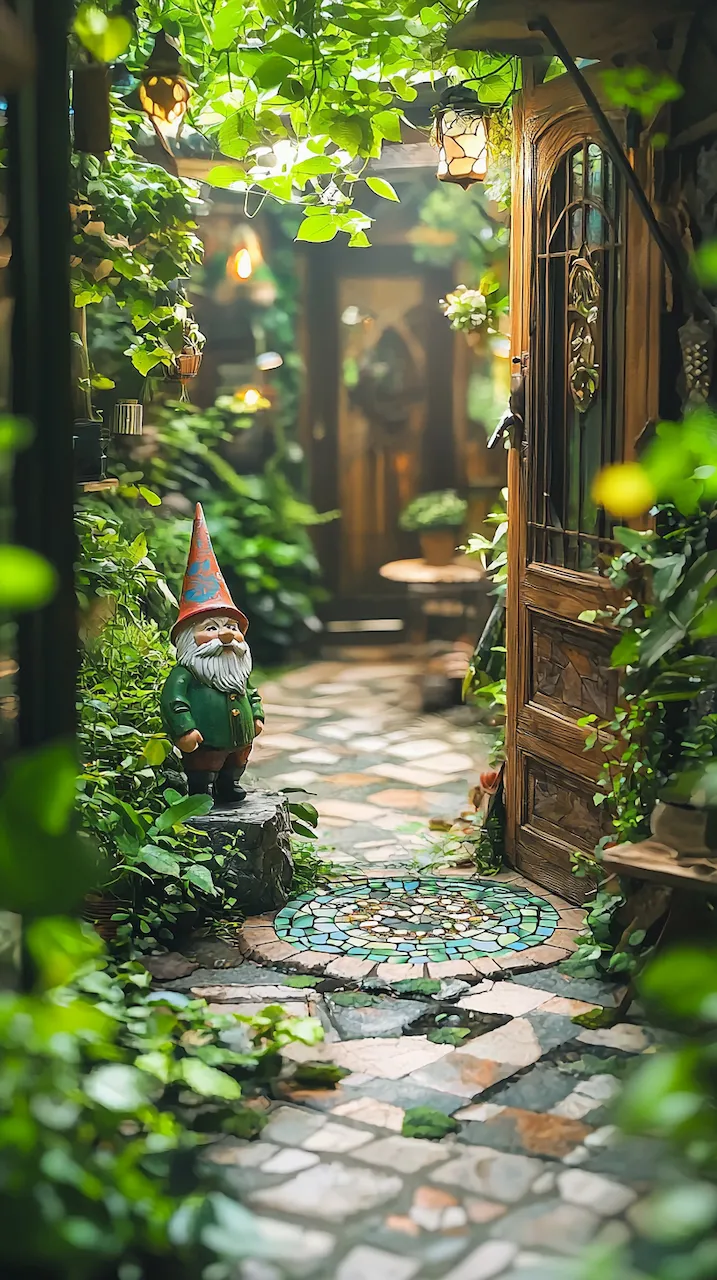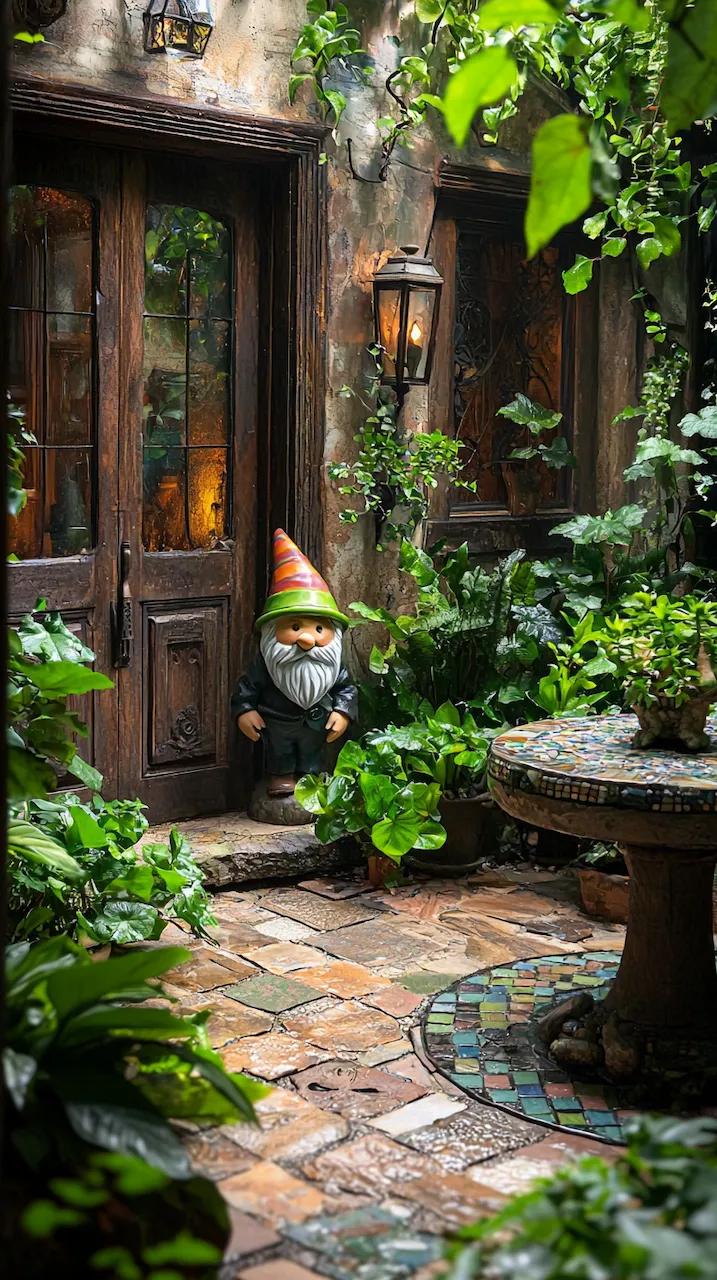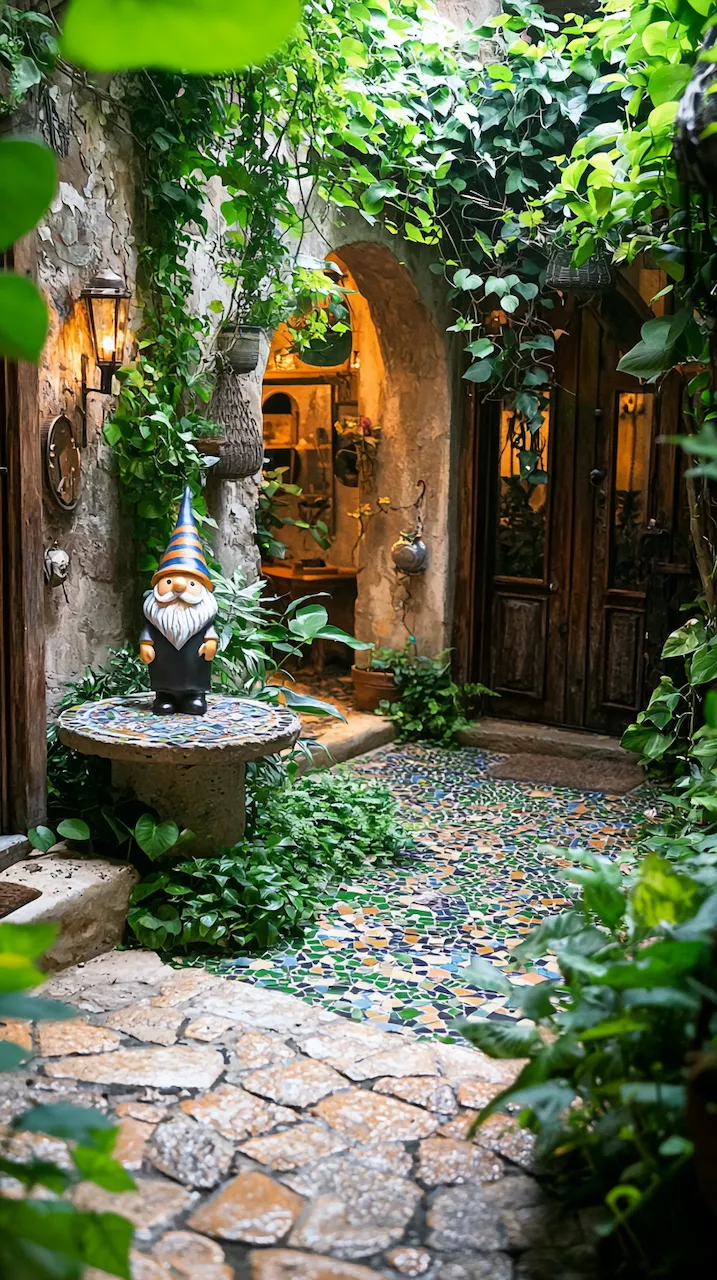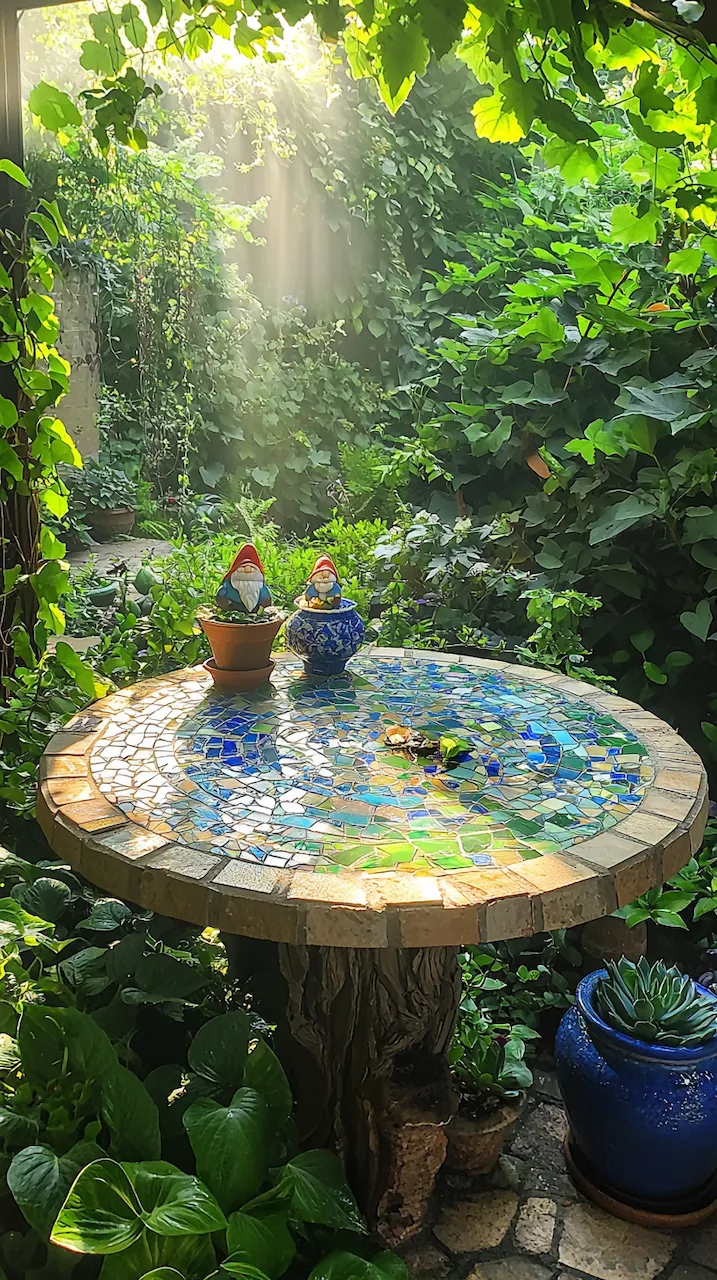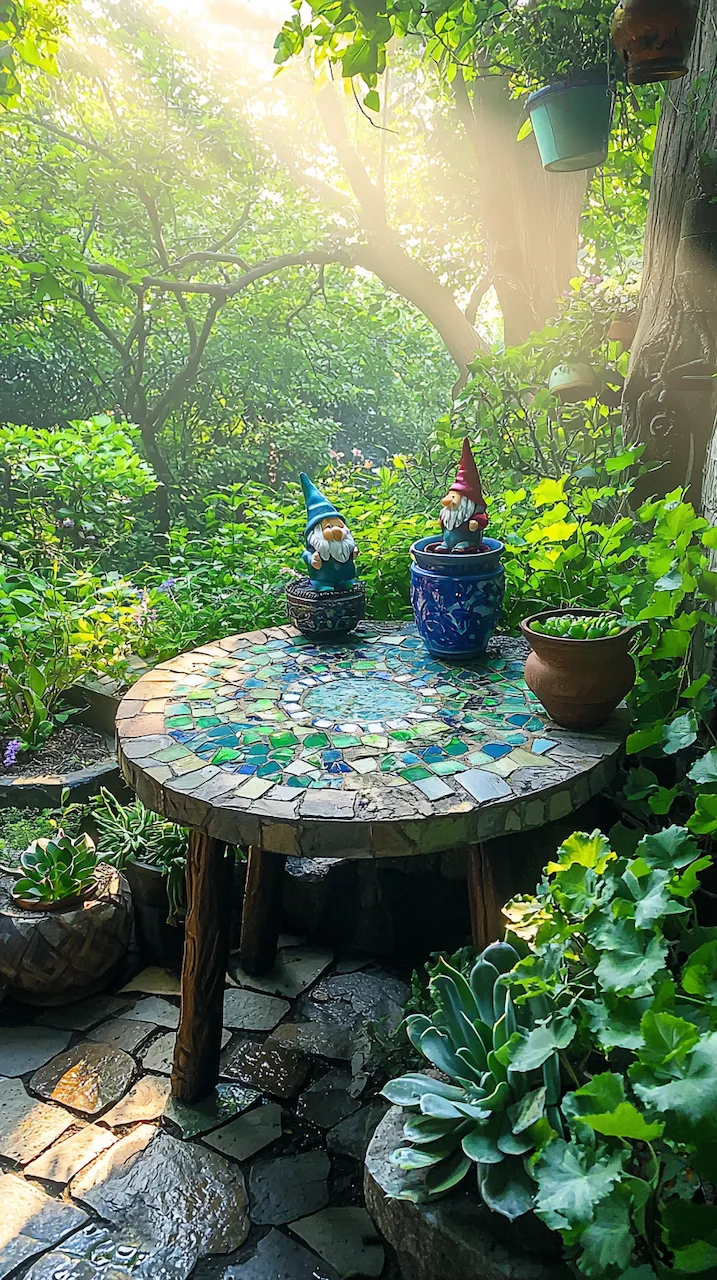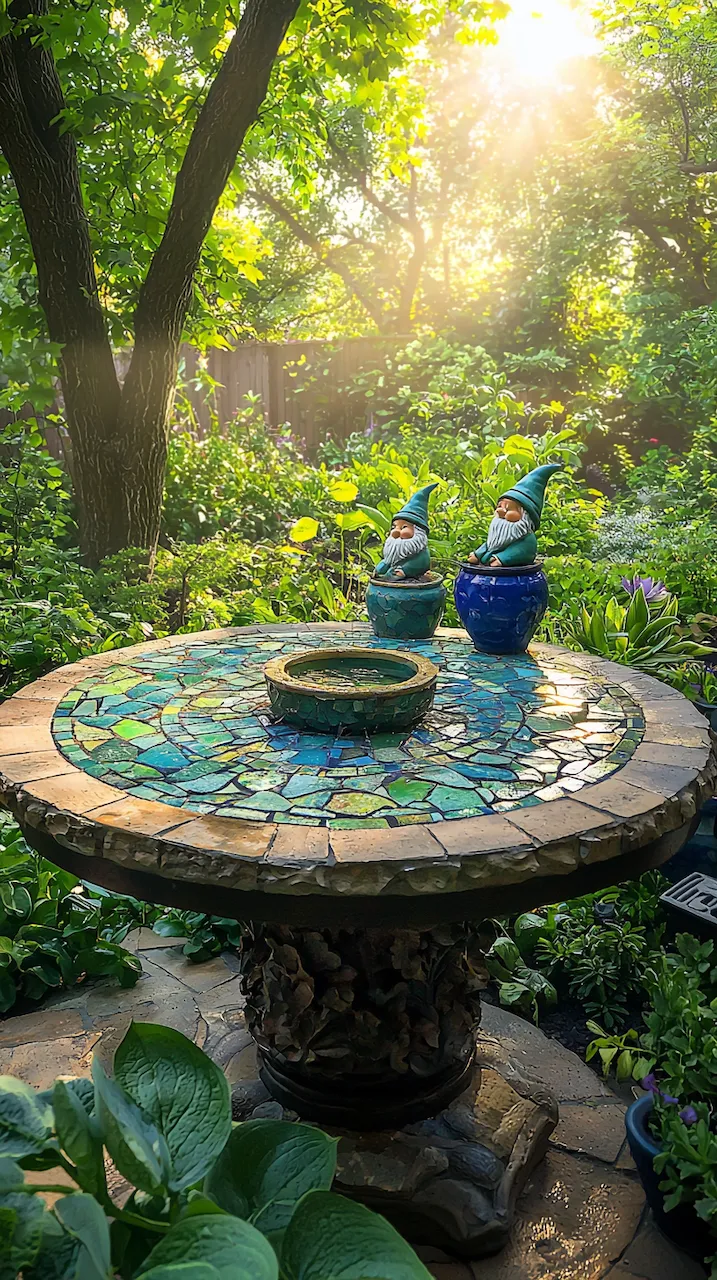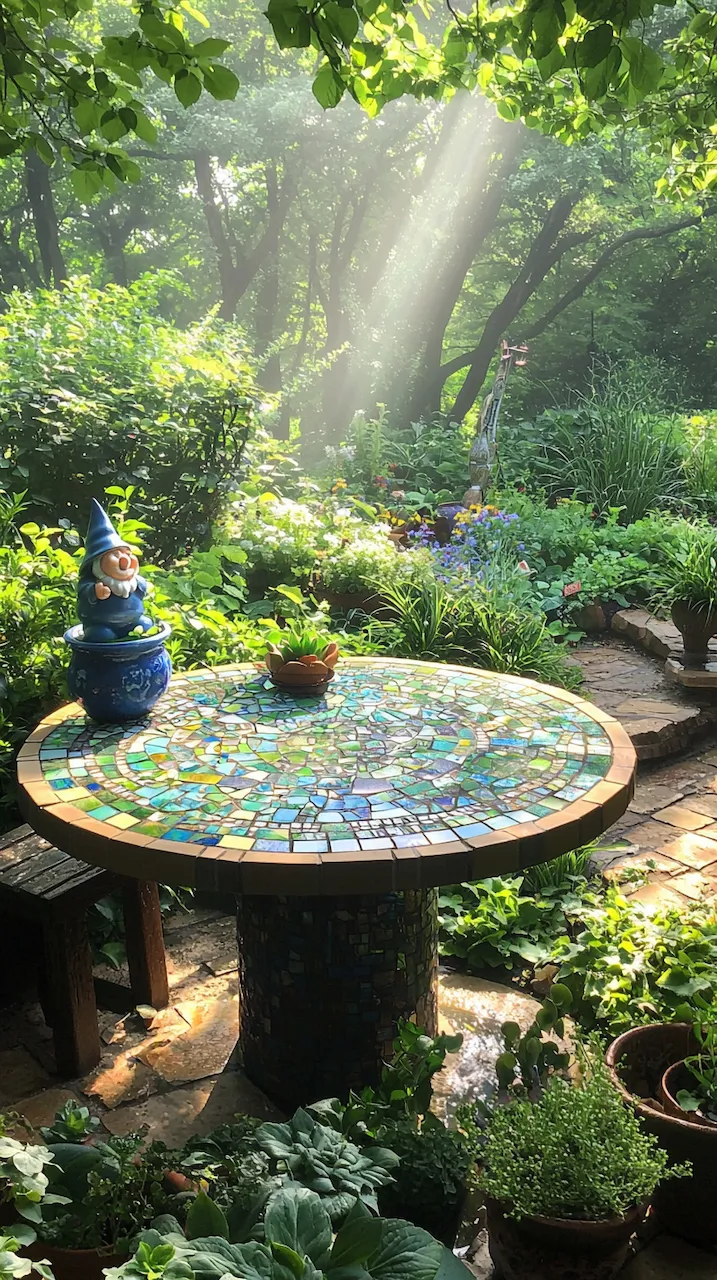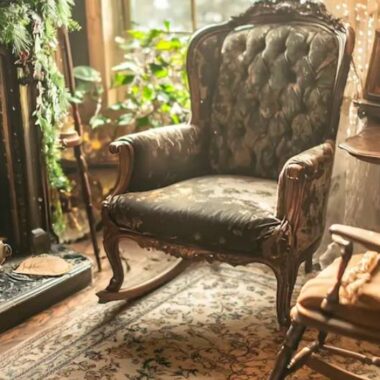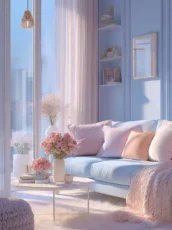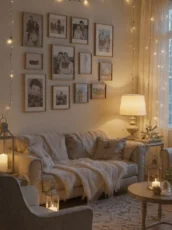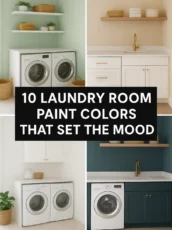Whimsical Patio Perfection: Crafting an Outdoor Oasis with Substance, Style, and Soul
Beauty Has a Backstory
Forget cookie-cutter cabanas and Pinterest-perfect pergolas. The most compelling outdoor spaces are less about trend-chasing and more about thoughtful layering—of story, of spirit, of sensibility. Smart design isn’t just about how things look. It’s about how they mean. A whimsical patio, when done right, isn’t escapism—it’s an extension of identity. It speaks your visual language, whispers your worldview, and yes, still knows how to pour a damn good cocktail.
So, how do you create an outdoor sanctuary that holds its own against even the most artful interiors? By treating the space not as a stylistic afterthought, but as a living thesis on your personal aesthetic—equal parts intellect, intention, and intuitive pleasure.
Statement Meets Structure
Every truly magnetic patio starts with tension—not the stressful kind, but the deliberate, visual kind. That tension between a statement piece and a supportive structure creates a dance between form and function. It might be a sculptural sofa that looks like it belongs in a gallery, grounded by a neutral, matte-finish concrete floor. Or perhaps it’s a riotously colorful Moroccan-tiled coffee table framed by minimalist wooden chairs with Bauhaus precision. The key is knowing where to be bold and where to be silent. Structure, in this sense, isn’t just about architecture; it’s about rhythm and restraint.
In many ways, designing a patio is like writing a great sentence. You need nouns (your anchors), adjectives (those sensory accents), and punctuation (the stops, the frames, the edges). Start with scale. A large space calls for visual anchors: consider a slatted pergola with rhythmic shadows that shift as the sun moves, or an elevated platform deck with built-in planters and recessed lighting. In a smaller space, you still need a strong statement—perhaps a bold mural or a vintage metal chair painted in hyper-saturated tones.
Layering also plays a critical role. A successful patio unfolds in visual chapters. Textures should move from coarse to soft, from rugged to refined. Picture rough-hewn stone pavers leading to a slick, terrazzo-finished bar. Or imagine the soft sway of gauzy drapes contrasting with the hard gleam of brass lanterns. These juxtapositions don’t just make the space interesting; they make it intelligent. And intelligence is, after all, the sexiest form of elegance.
But structure is more than just physical. It’s psychological. Where does your eye go first? Where does your body want to sit, to linger, to pause? Create focal points that invite interaction: a freestanding hammock under a cantilevered canopy, or a vintage record player tucked beside a cluster of low-slung poufs. These aren’t just functional choices—they’re emotional ones. Structure supports intention. It’s what lets your wildest design dreams have a place to land.
And when it comes to furniture, consider sculptural pieces that double as visual anchors. Think of a curved teak bench that mirrors the shape of a garden path, or a sleek modular seating set that breaks up the monotony of a square deck with unexpected geometry. These are pieces that speak to the idea of “permanence” in a space that often changes with the season. They remind us that whimsy needs grounding—and structure needs soul.
Add layers of intimacy through elevation. Terracing, even subtly, creates visual and emotional hierarchy. A sunken conversation pit, edged with planters and cozy cushions, feels like a destination within a destination. It’s the difference between a space you pass through and one you inhabit. The goal isn’t perfection; it’s presence. Your patio should feel curated, yes, but never contrived. Think of it as a well-edited essay: structured enough to guide the reader, but spacious enough for interpretation.
Let lighting finish the story. Statement lighting—a chandelier made from salvaged bicycle parts, or a line of orb pendants in smoky glass—adds punctuation to your design language. Use dimmable, programmable lighting to shift mood as the evening deepens. Make structure work in tandem with sensuality, so every evening spent outdoors becomes a deliberate, immersive ritual.
Structure is your script; statement is your performance. Together, they turn any outdoor space into a living, breathing essay in style and self-awareness.
The Power of Asymmetry
Symmetry has long been equated with beauty, order, and balance. But in a world saturated with hyper-curated perfection, the most evocative spaces lean into asymmetry—the unexpected, the off-kilter, the perfectly unbalanced. It’s the design equivalent of jazz: less about precision, more about emotion.
Asymmetry in patio design creates tension and movement. It keeps the eye engaged and the space dynamic. It starts with layout. Instead of aligning everything to a central axis, play with irregular zoning. A seating area might bleed into a planting bed, or a fire pit might be set at a deliberate diagonal to the primary path. This isn’t carelessness—it’s choreography.
The goal is to lead the eye on a journey. One that meanders, pauses, and surprises. Consider a winding gravel path that disappears behind a screen of bamboo, leading to a hidden bistro table. Or a single, large, round ottoman offset by two smaller, angular chairs. These moves create visual interest and invite exploration. Asymmetry evokes curiosity—it asks the viewer to stay a little longer, to look a little closer.
Furniture placement plays a critical role here. A modular sofa arranged in an L-shape can soften the rigidity of a rectangular deck. Add to that a mismatched set of vintage metal garden chairs, each painted in a different but related hue. This calculated chaos gives the space life. It tells a story of collection over time, of evolution rather than replication.
Plants offer another opportunity to embrace the irregular. Instead of identical planters flanking a doorway, opt for a cluster of three: one tall and architectural (say, a fiddle leaf fig), one lush and trailing (perhaps ivy or creeping rosemary), and one low and sculptural (like echeveria or moss). Let greenery spill out asymmetrically, echoing the natural entropy of a wild garden.
Even hardscape elements benefit from asymmetry. Use staggered stone pavers interspersed with moss or gravel, rather than a strict grid. Incorporate a water feature that curves around a corner, or a wall-mounted sculpture that plays with scale and negative space. These elements create visual rhythm—a beat that doesn’t march, but sways.
Asymmetry isn’t just about objects. It’s about energy. A patio with balanced imbalance feels alive, not staged. It gives the impression that the space was designed with nature, not imposed on it. This is particularly powerful in urban contexts, where nature often feels relegated to planters and pots. An asymmetrical layout allows the organic to reassert itself—through growth, through shadow, through surprise.
Lighting can further enhance this mood. Use mixed fixtures at varied heights: a string of Edison bulbs zigzagging overhead, paired with low lanterns tucked among shrubs. The light becomes a visual breadcrumb trail, guiding guests through the space intuitively.
Color also plays a role. Asymmetrical design doesn’t mean clashing. It means layering harmonies in unexpected ways. Pair a bold coral cushion with a muted sage throw. Let a canary yellow planter pop against a concrete bench. These juxtapositions feel fresh, personal, and entirely unreplicable.
The power of asymmetry lies in its humanity. It acknowledges imperfection, embraces idiosyncrasy, and celebrates design as a living process. A whimsical patio made with asymmetry in mind doesn’t just delight the eye—it moves the soul.
